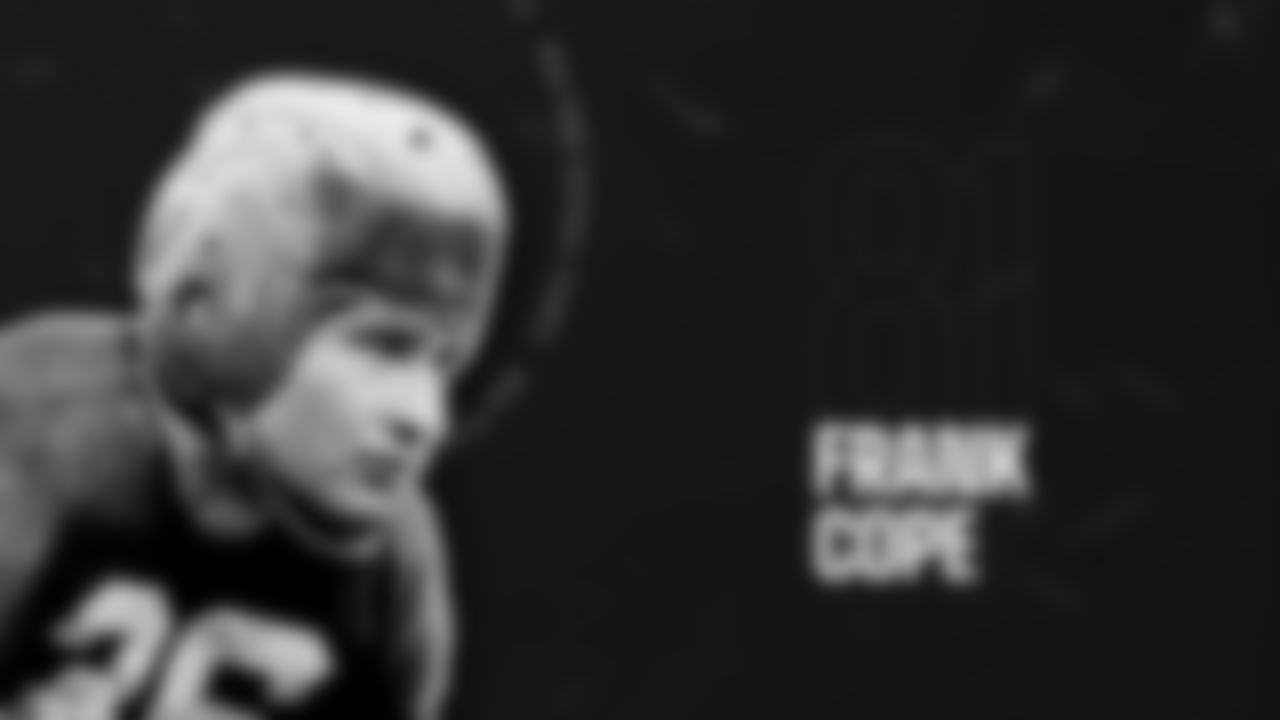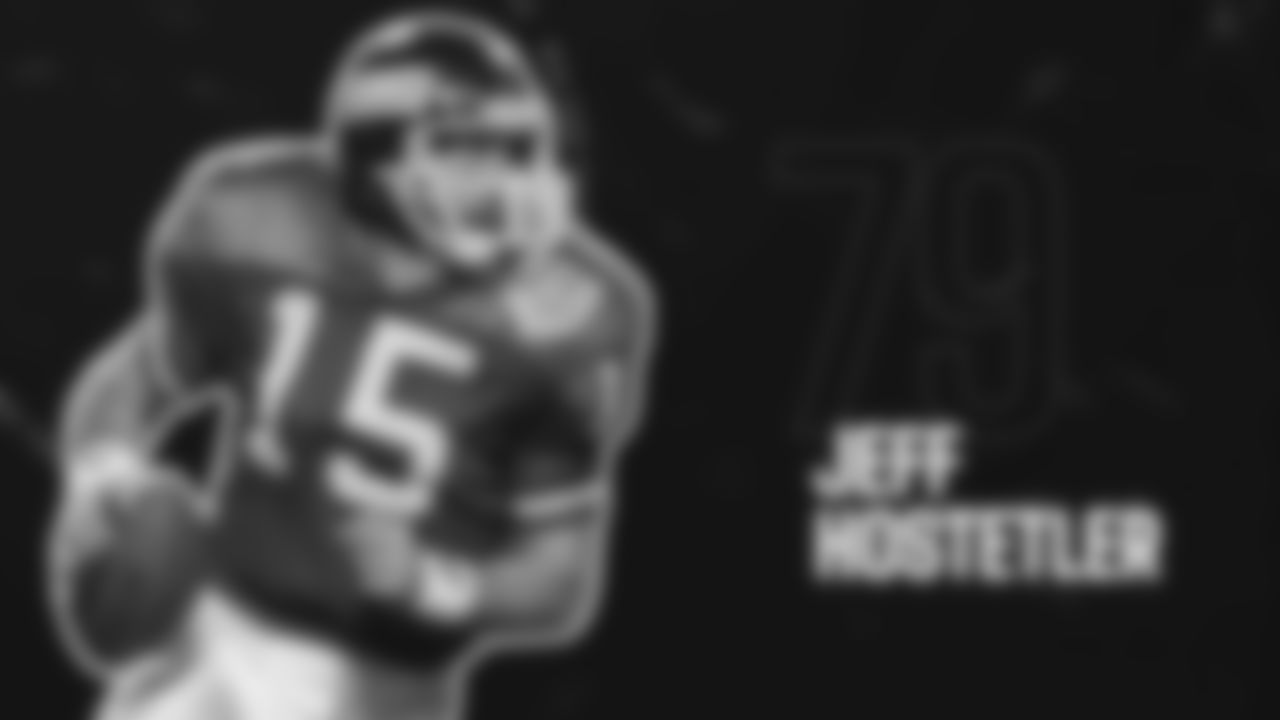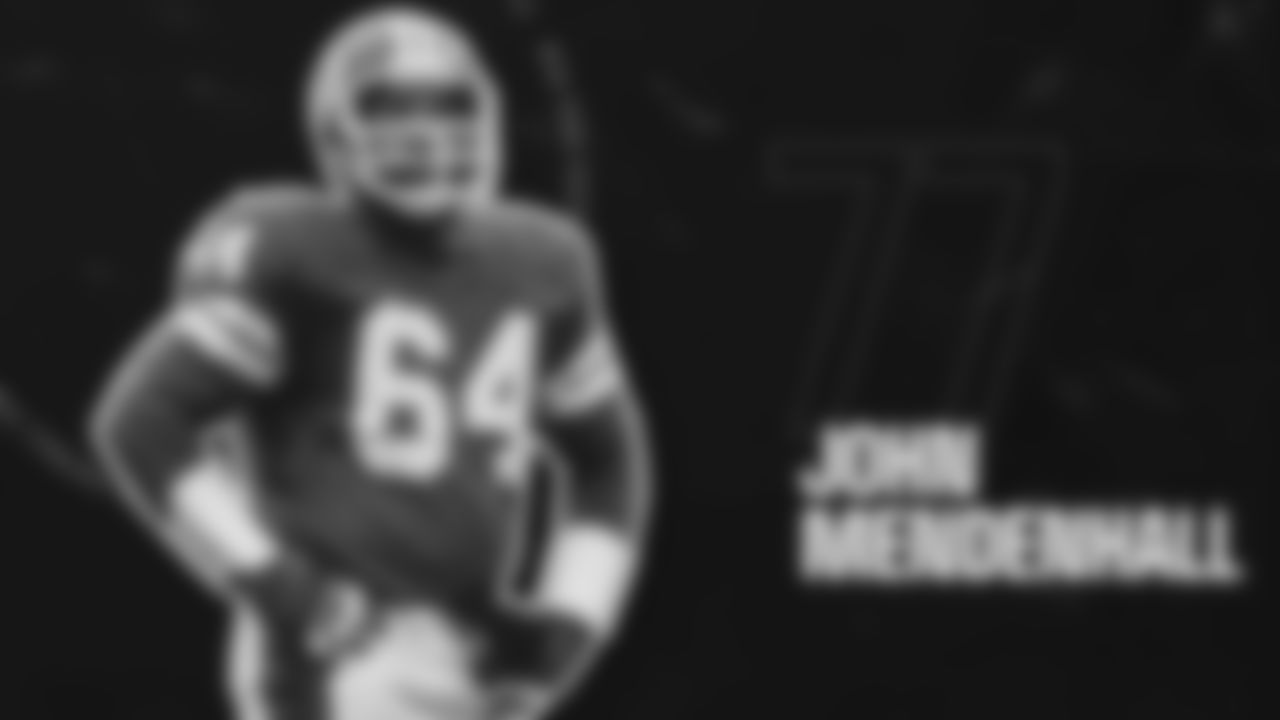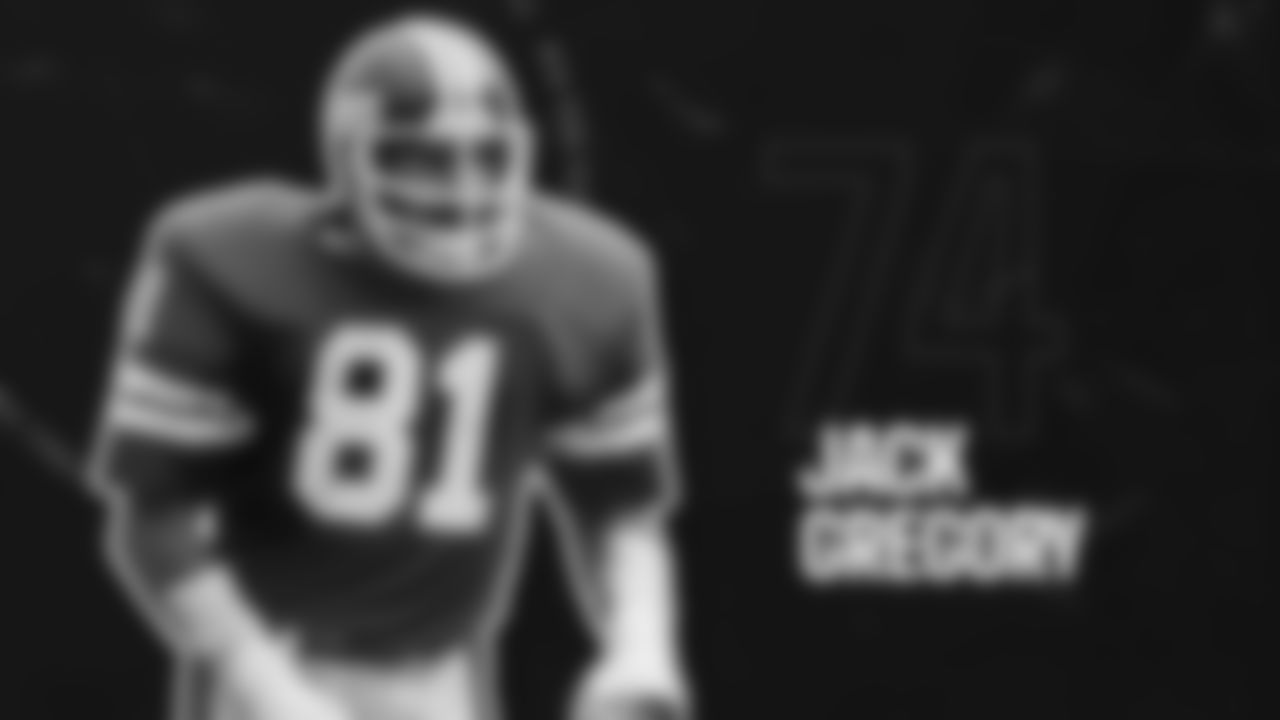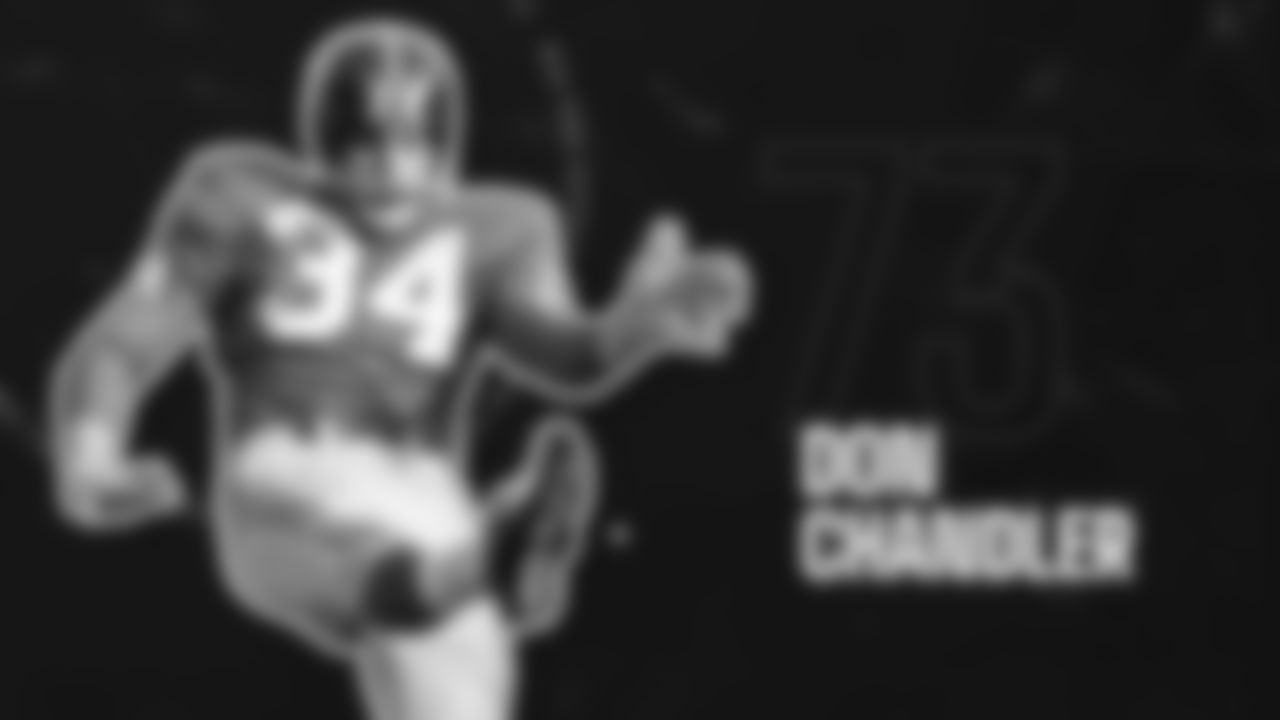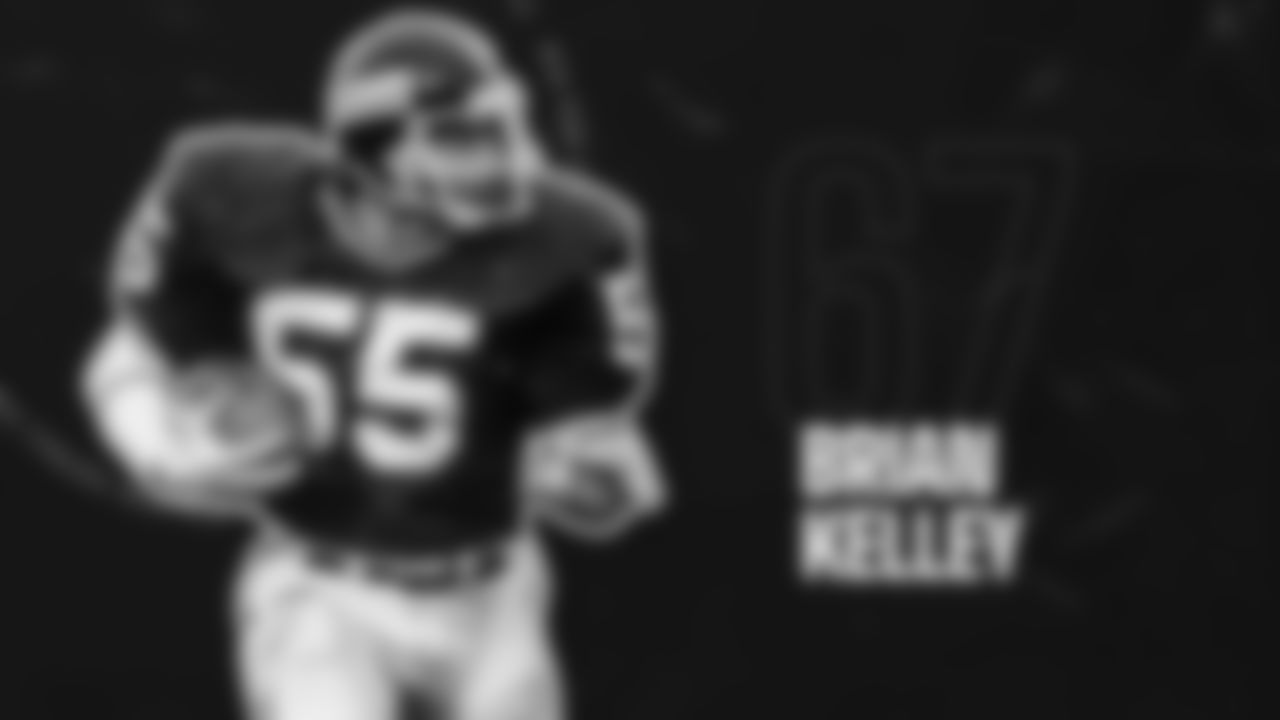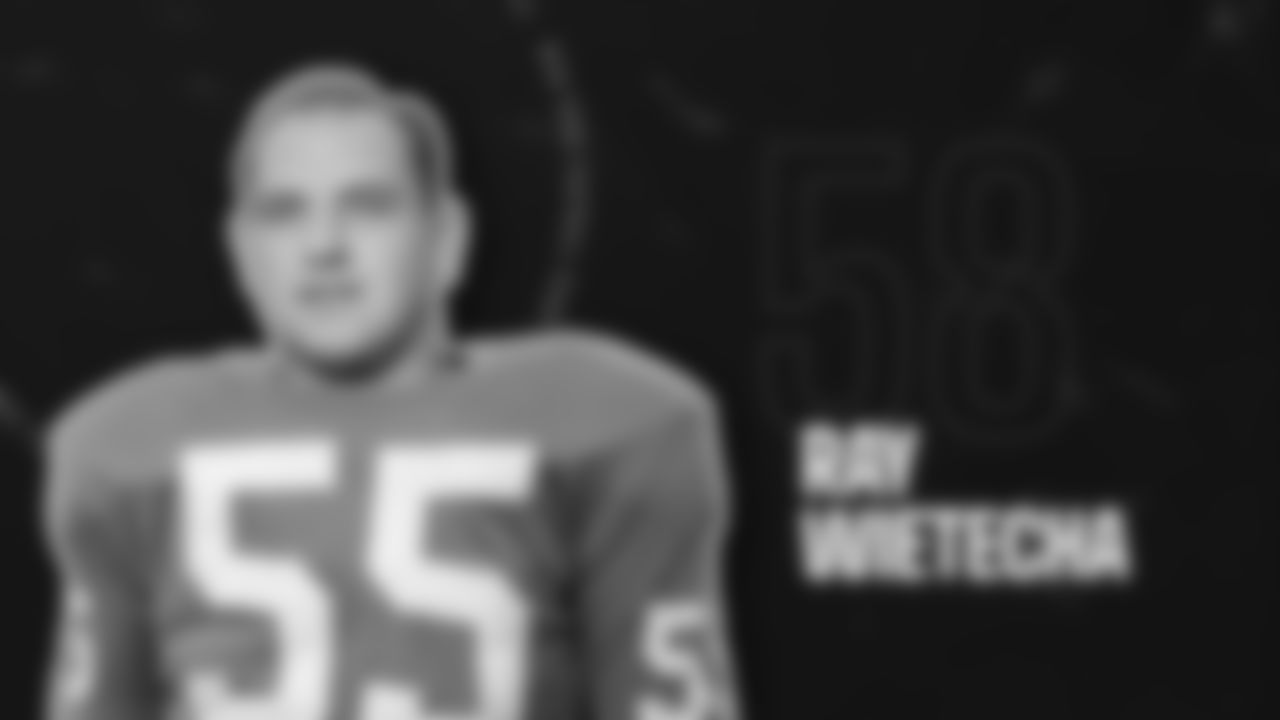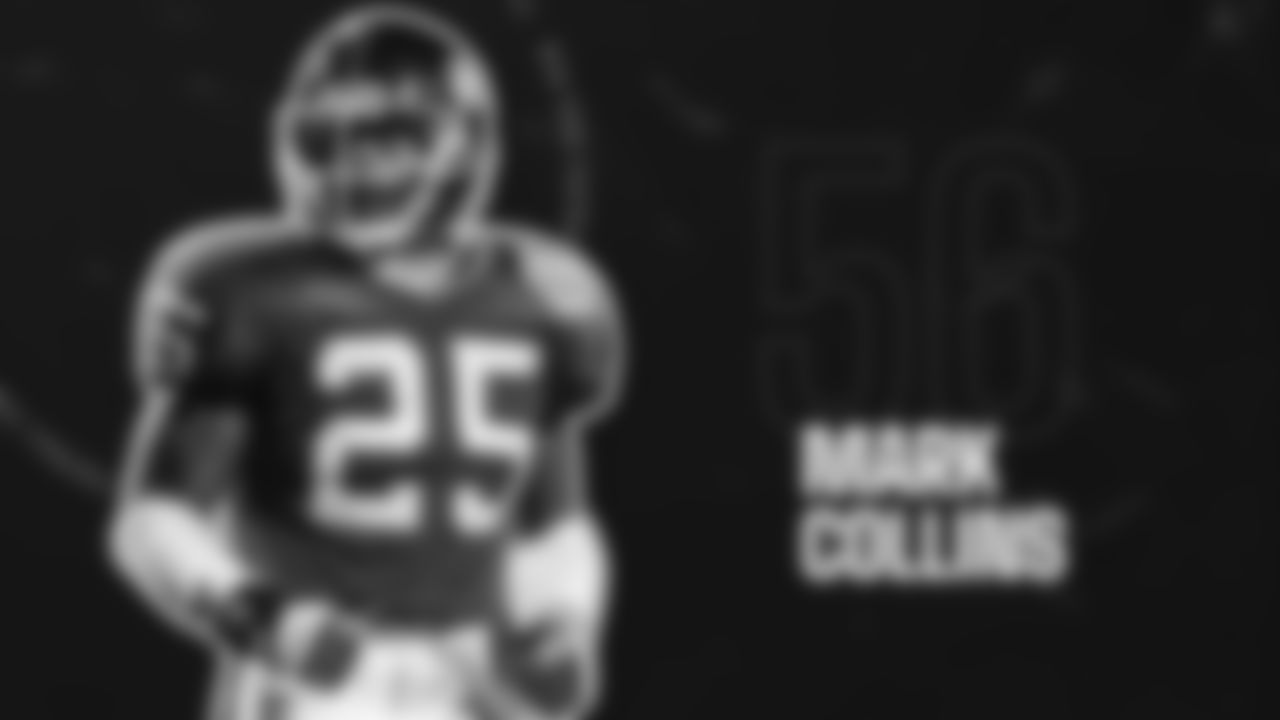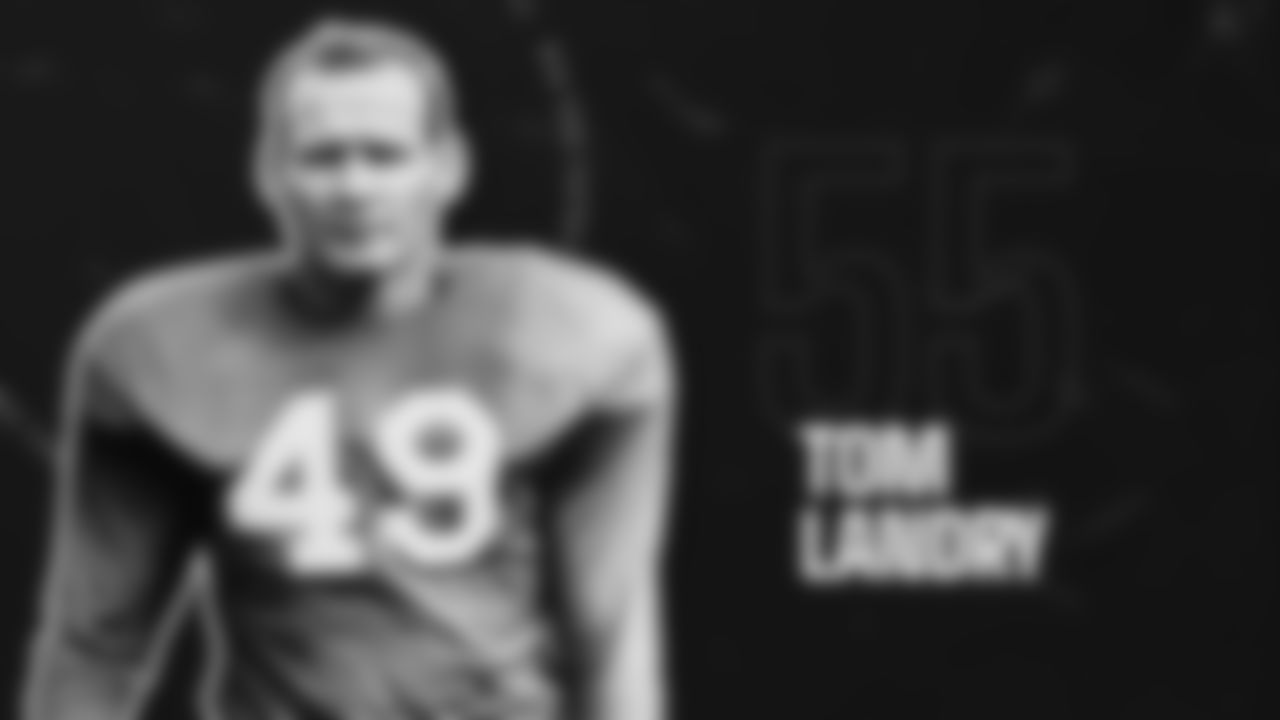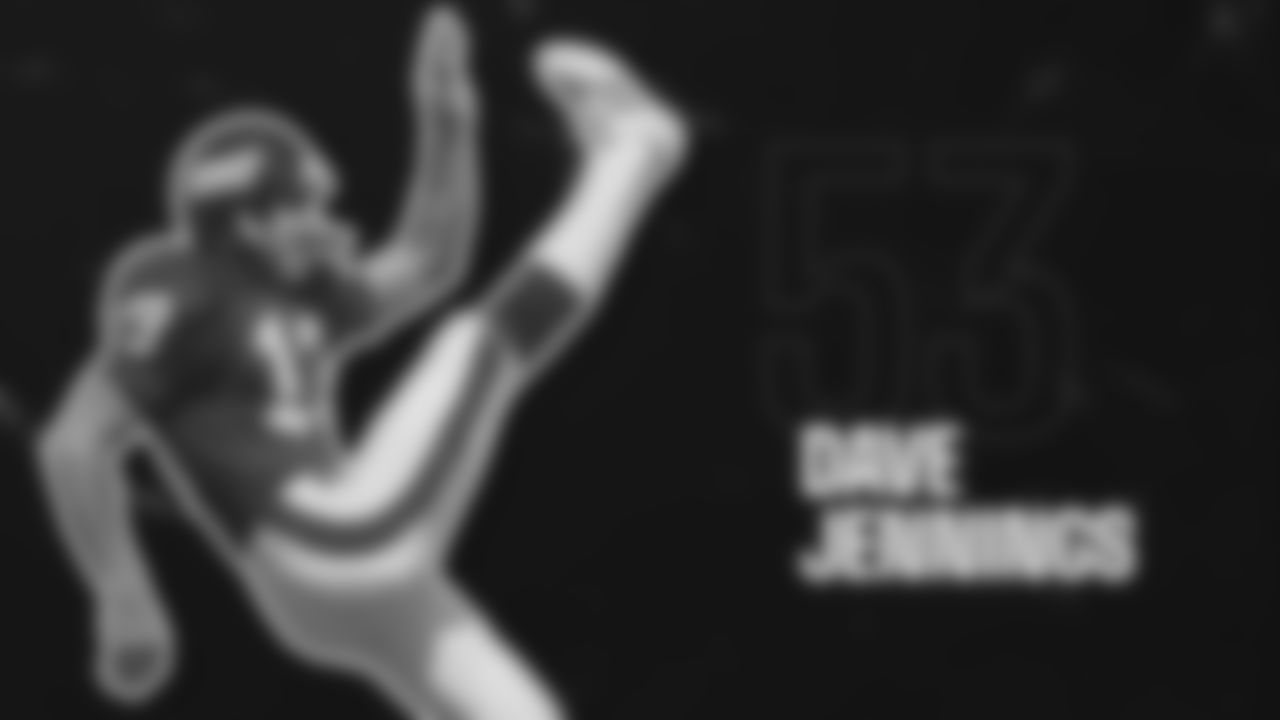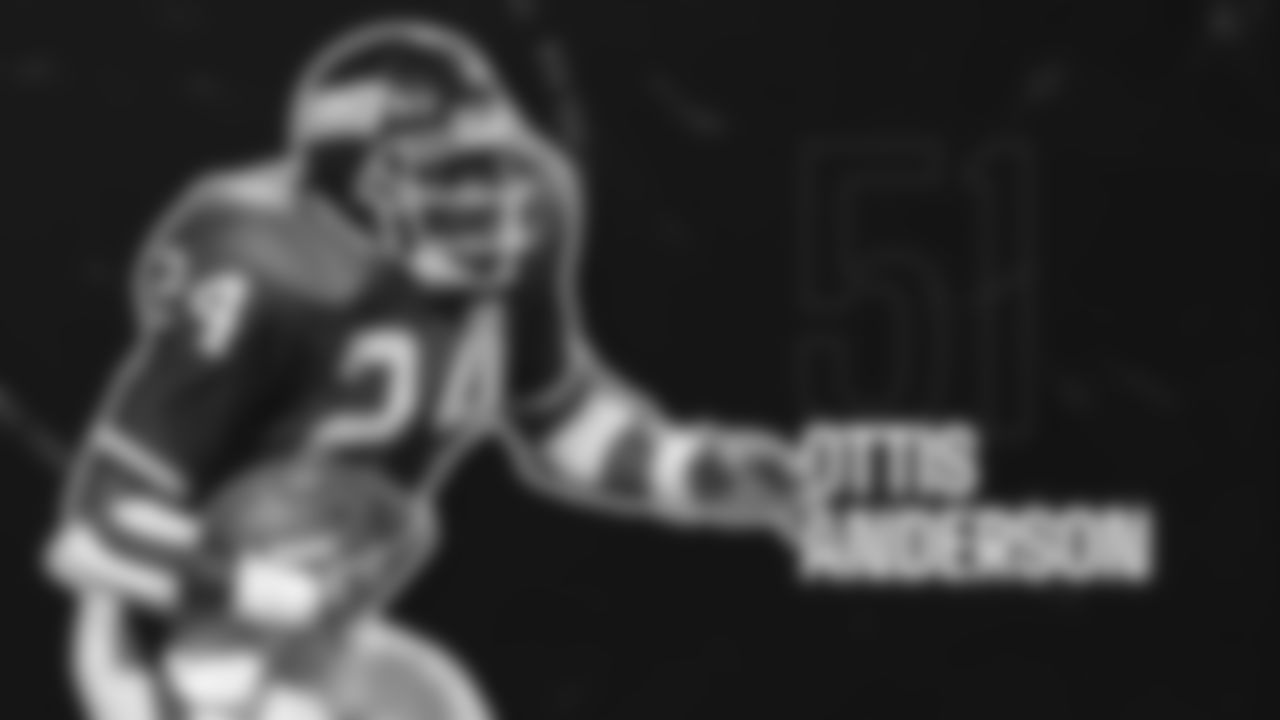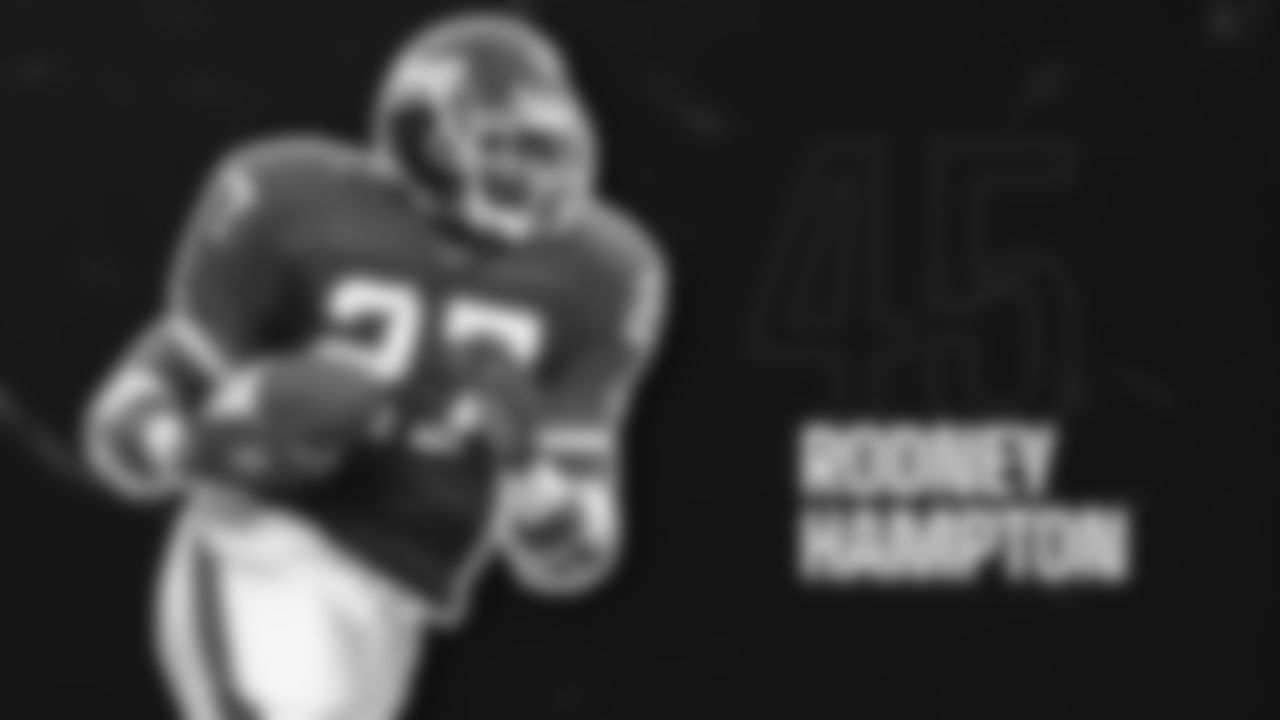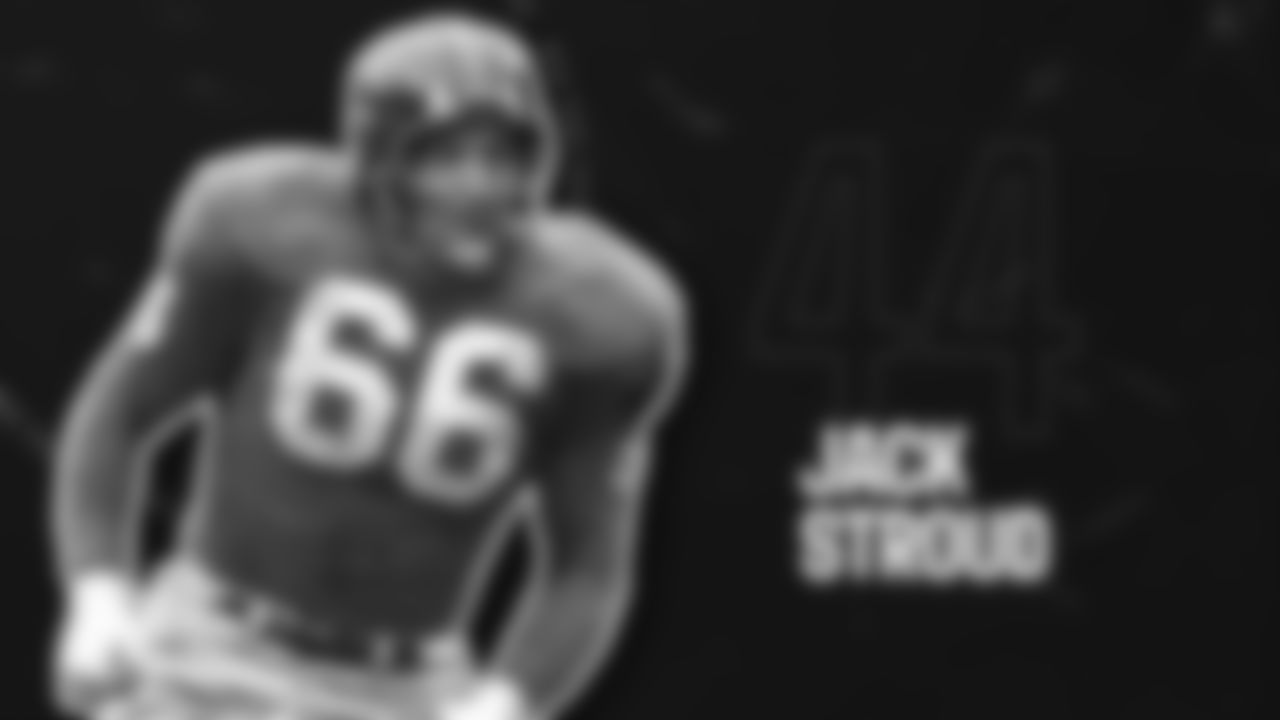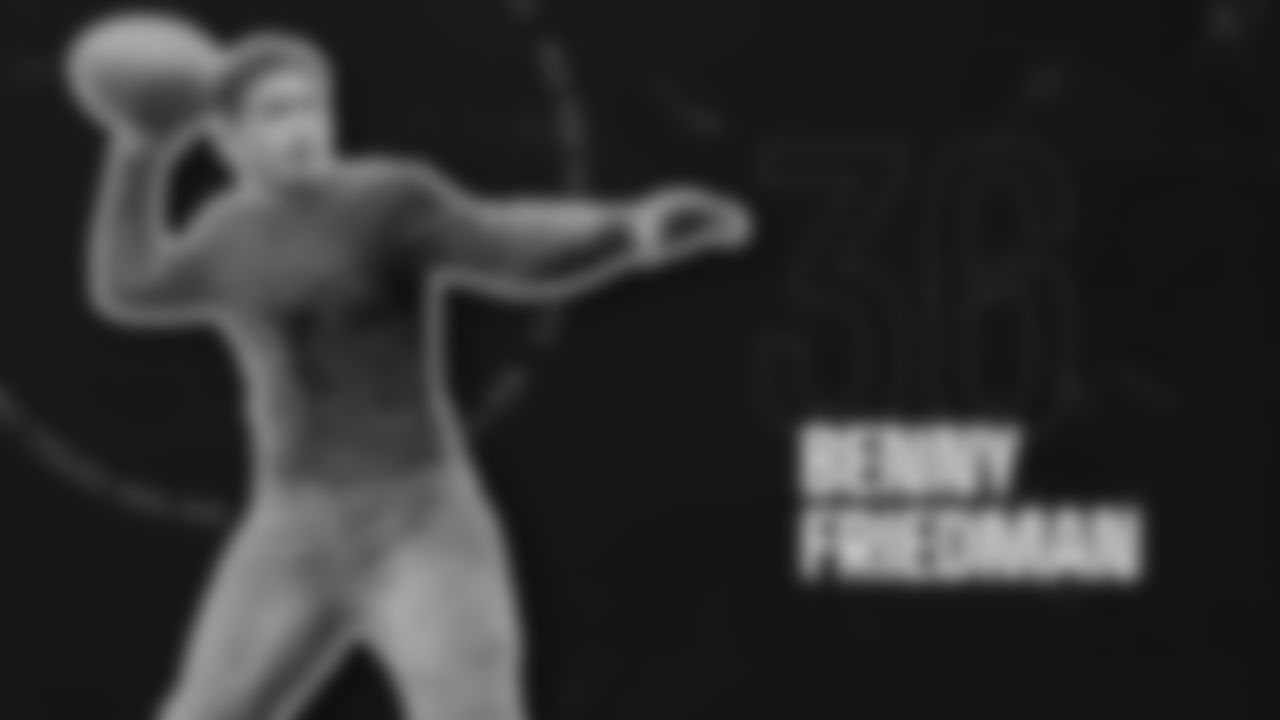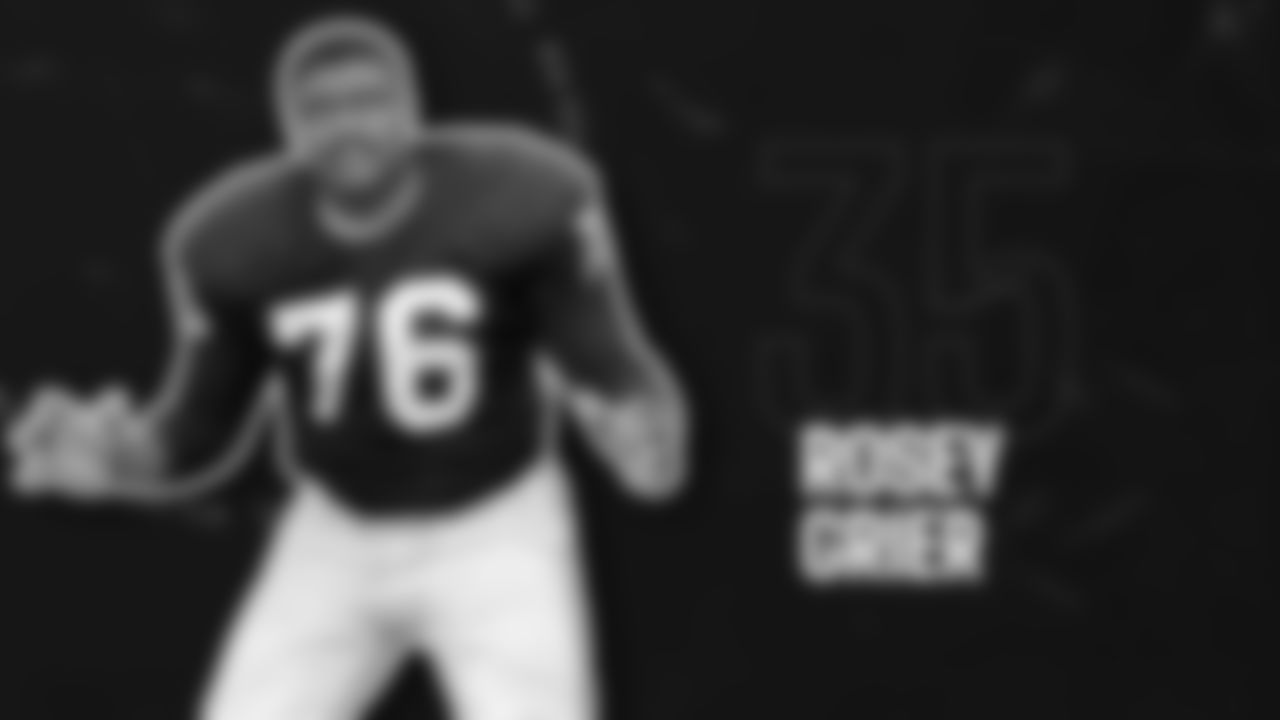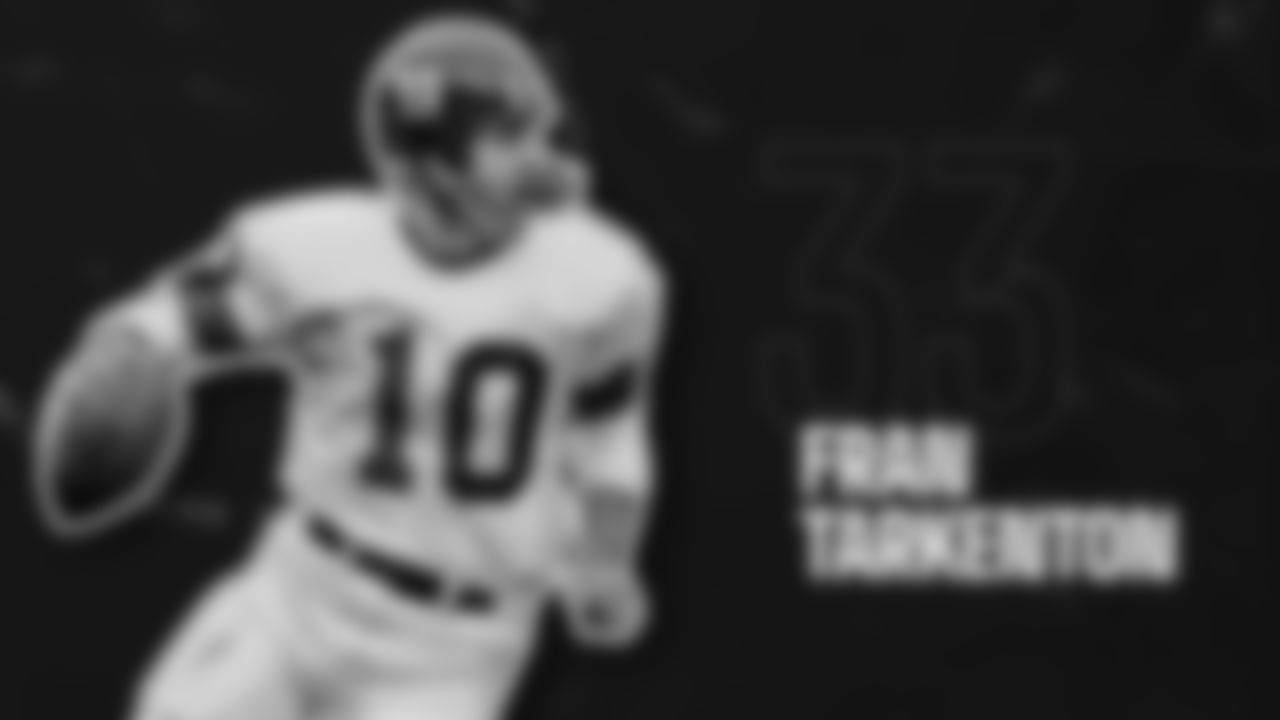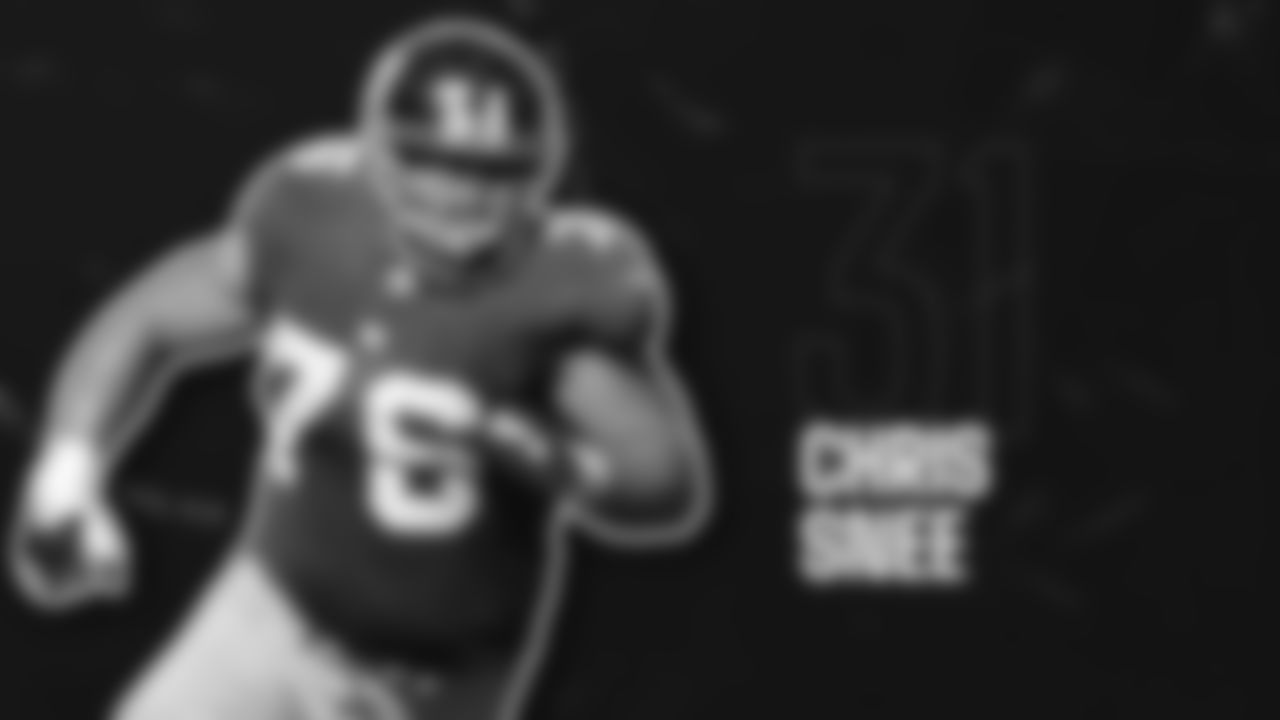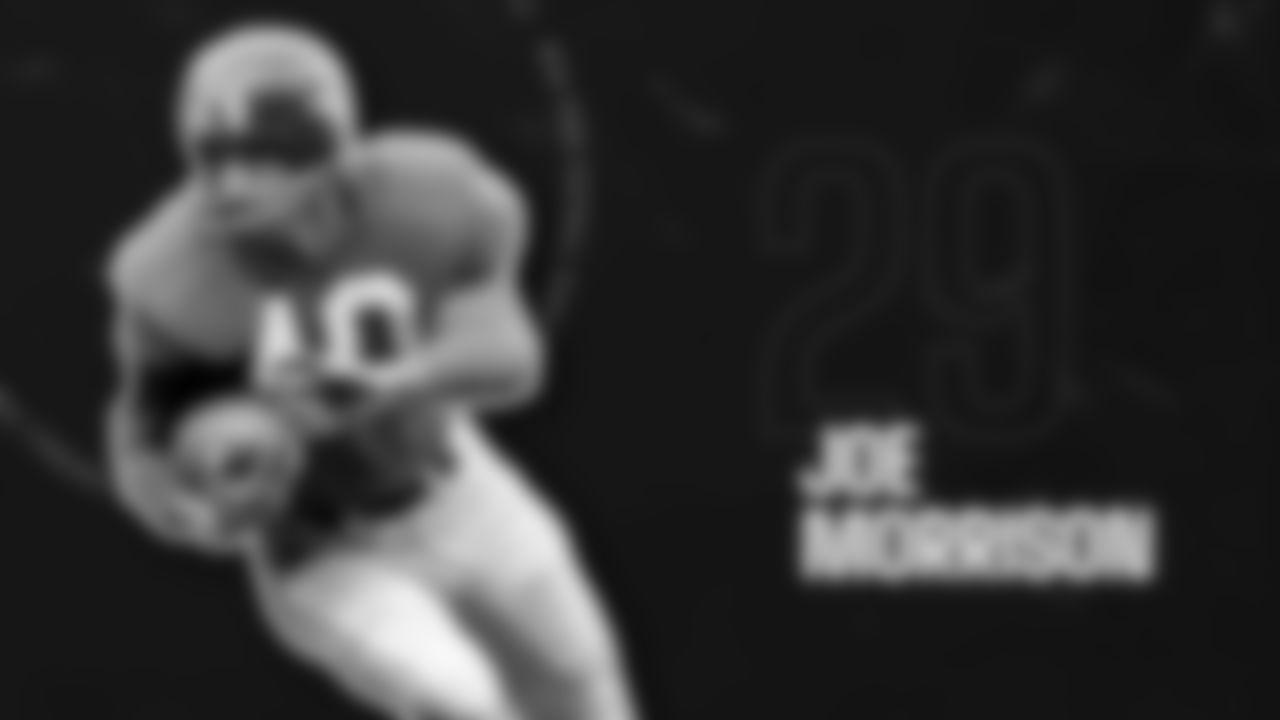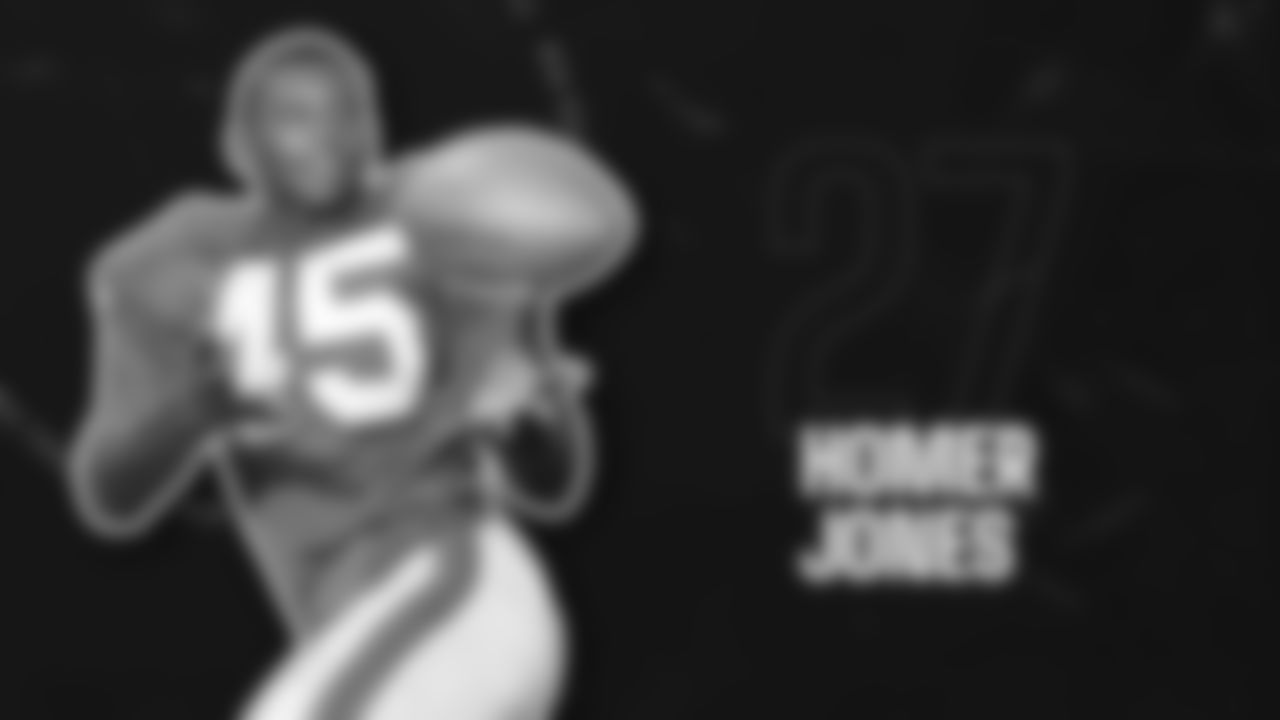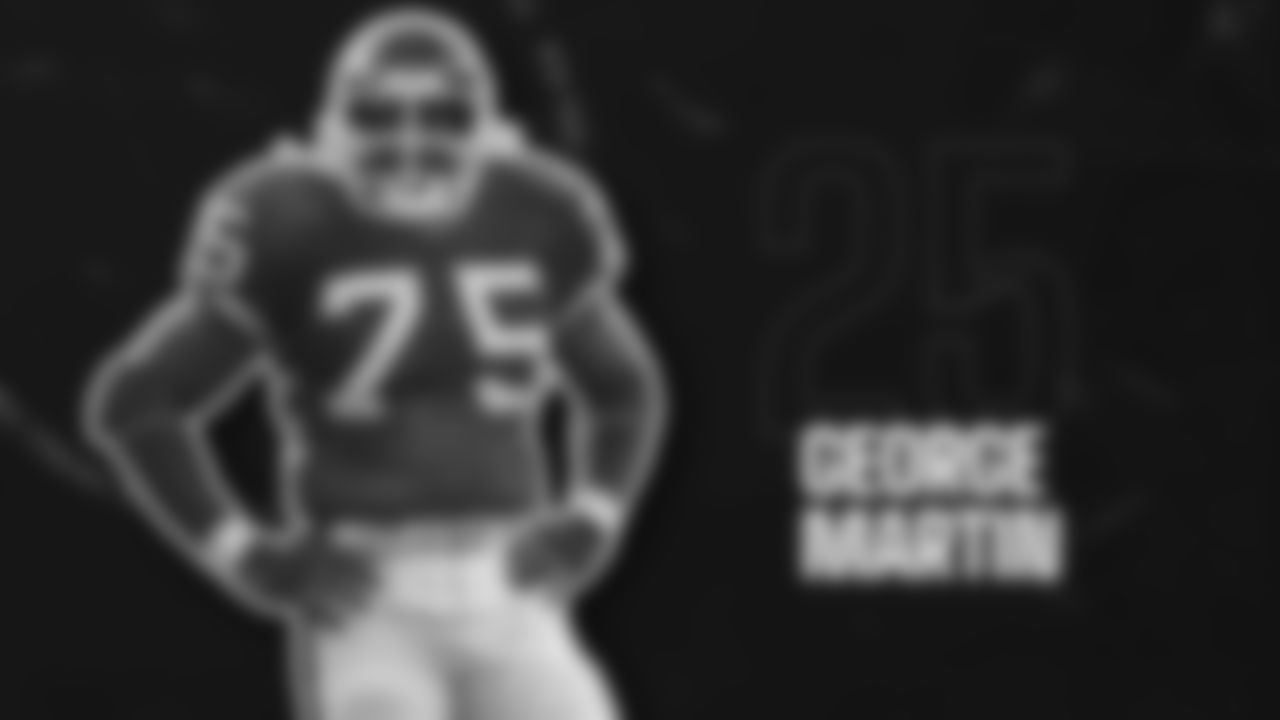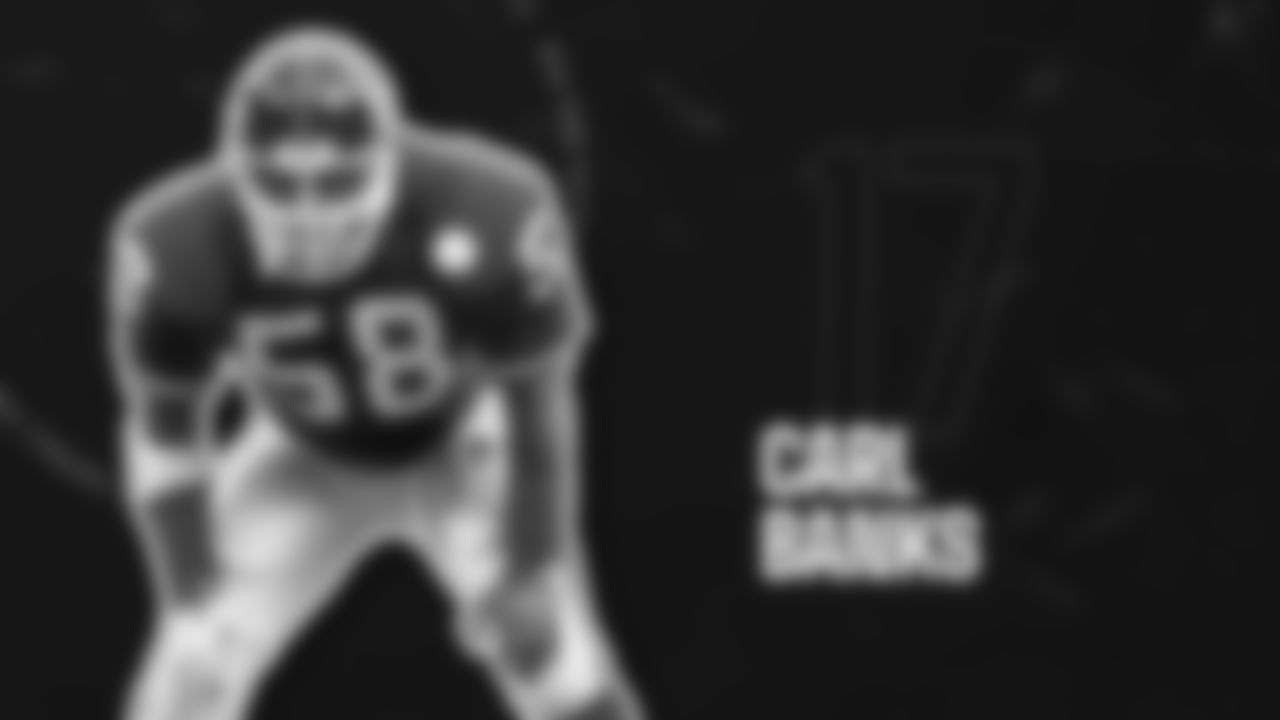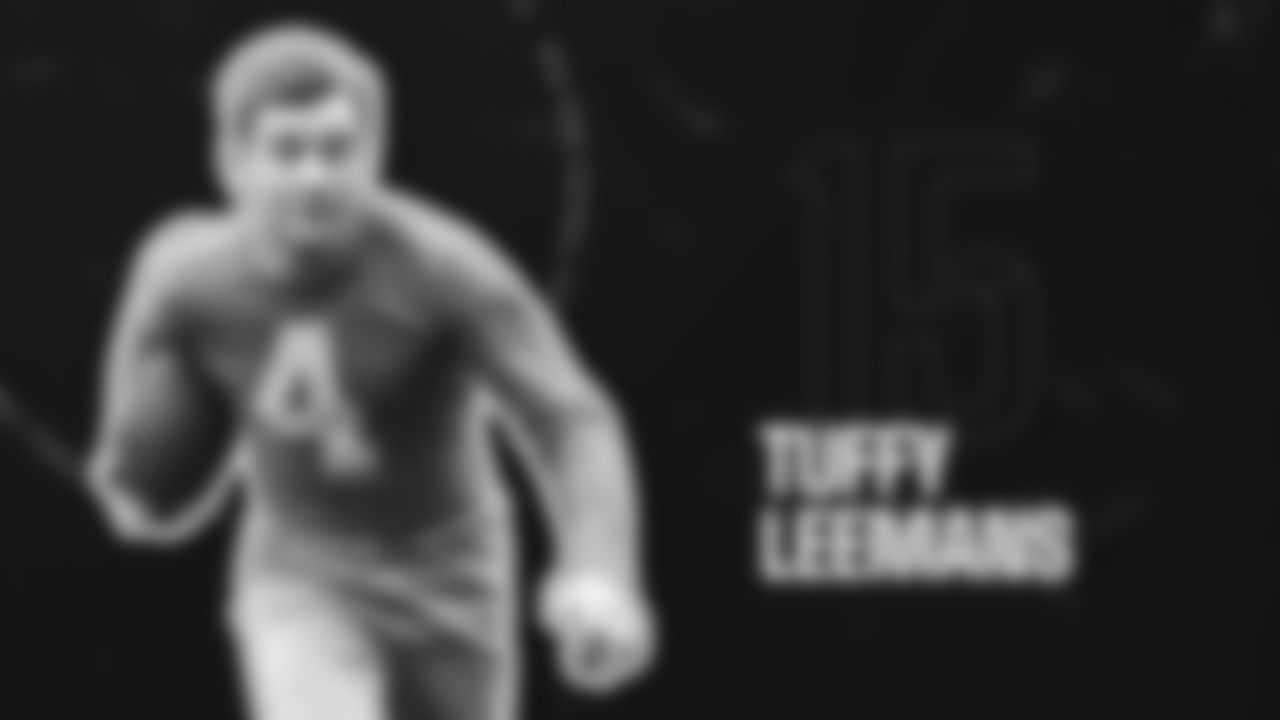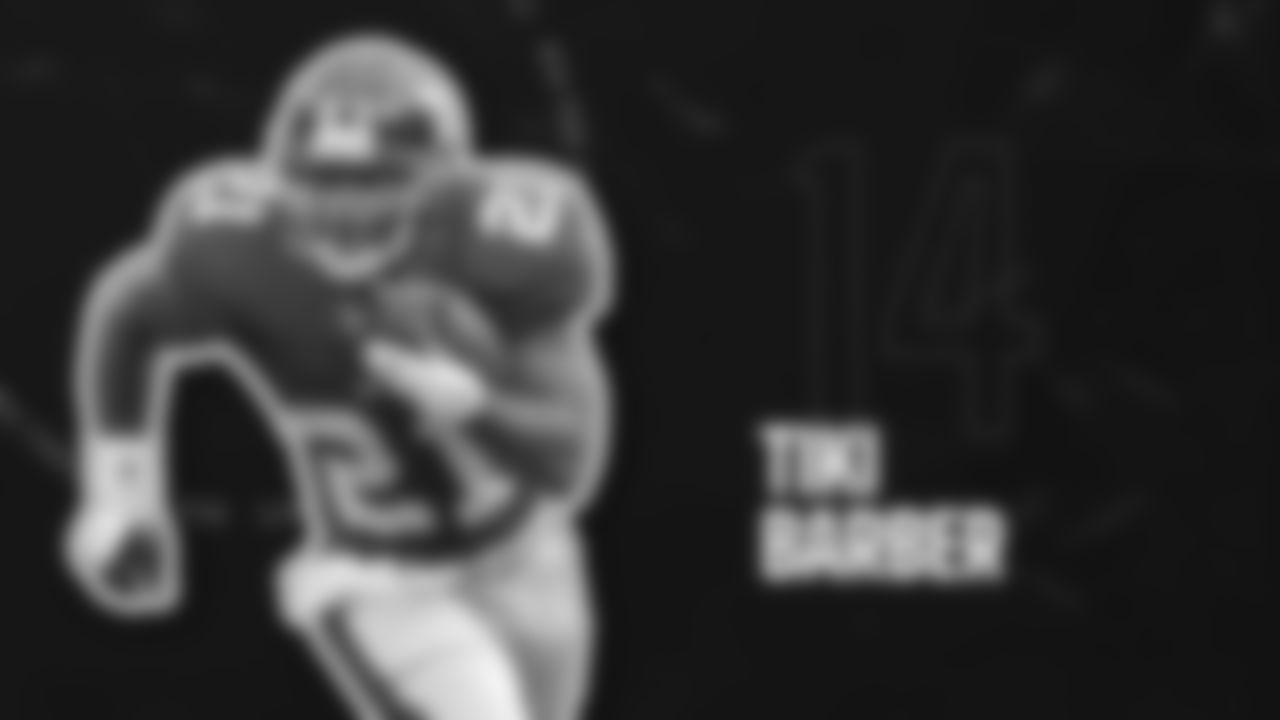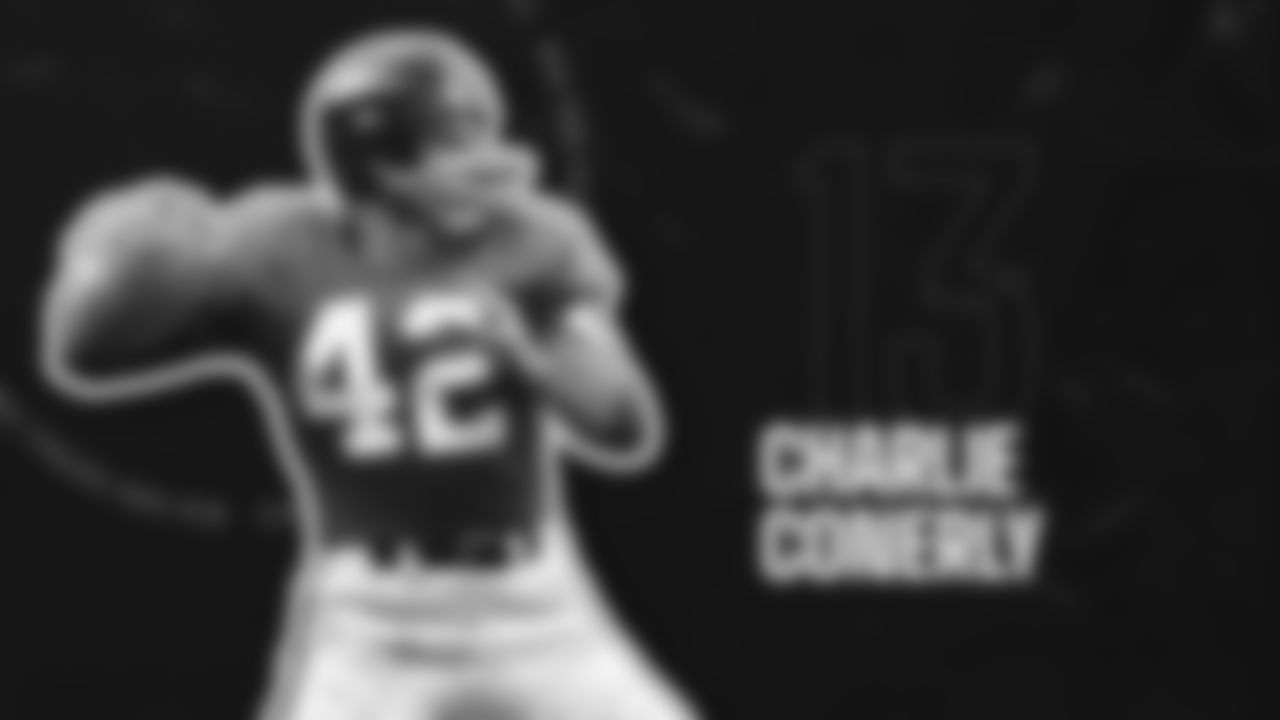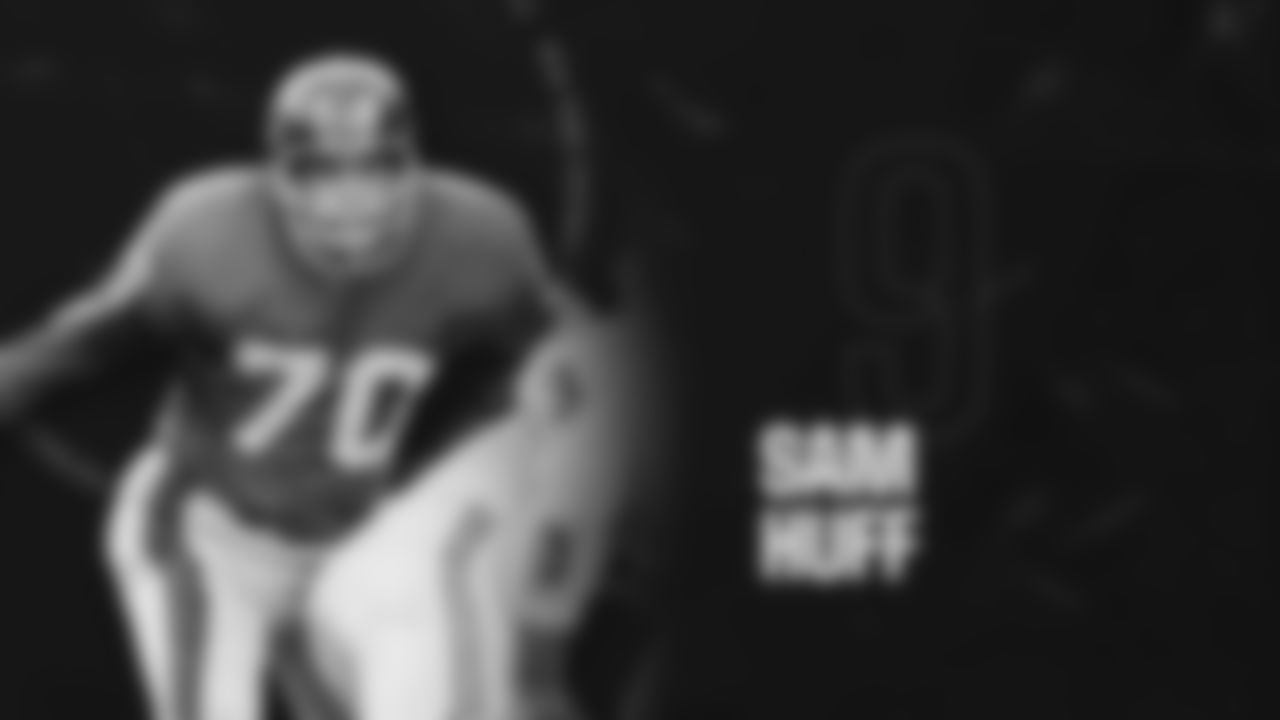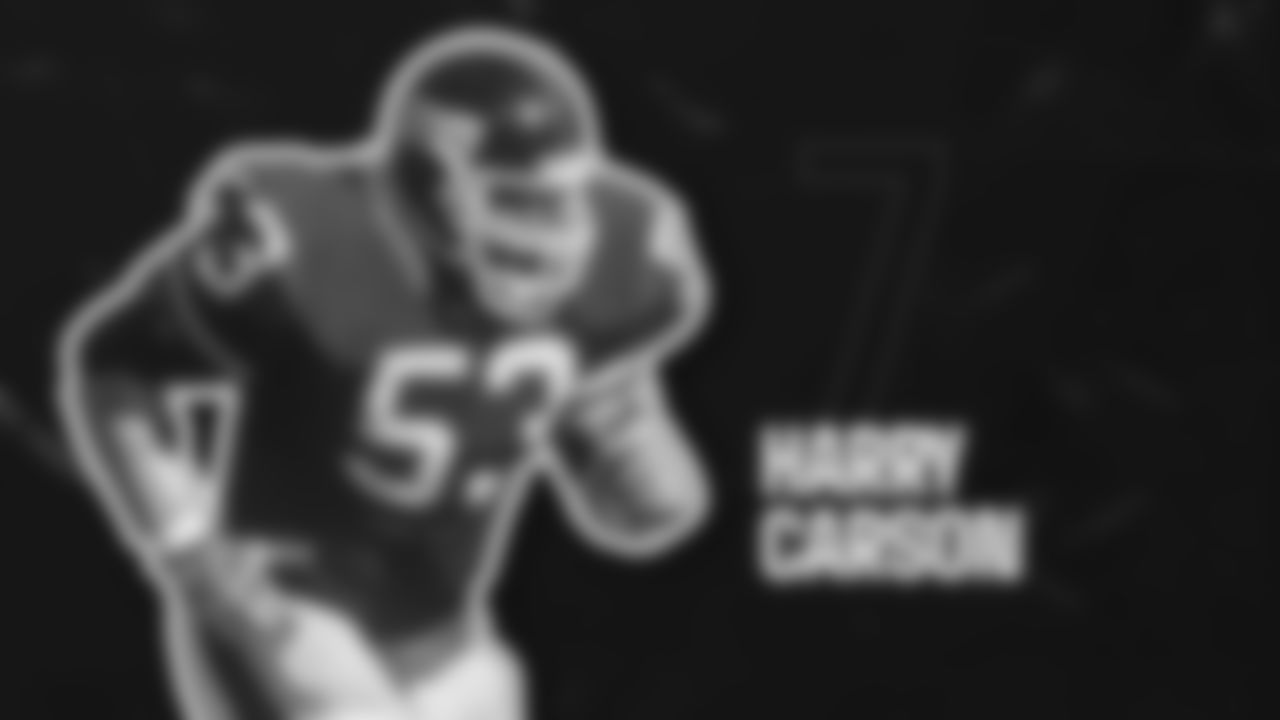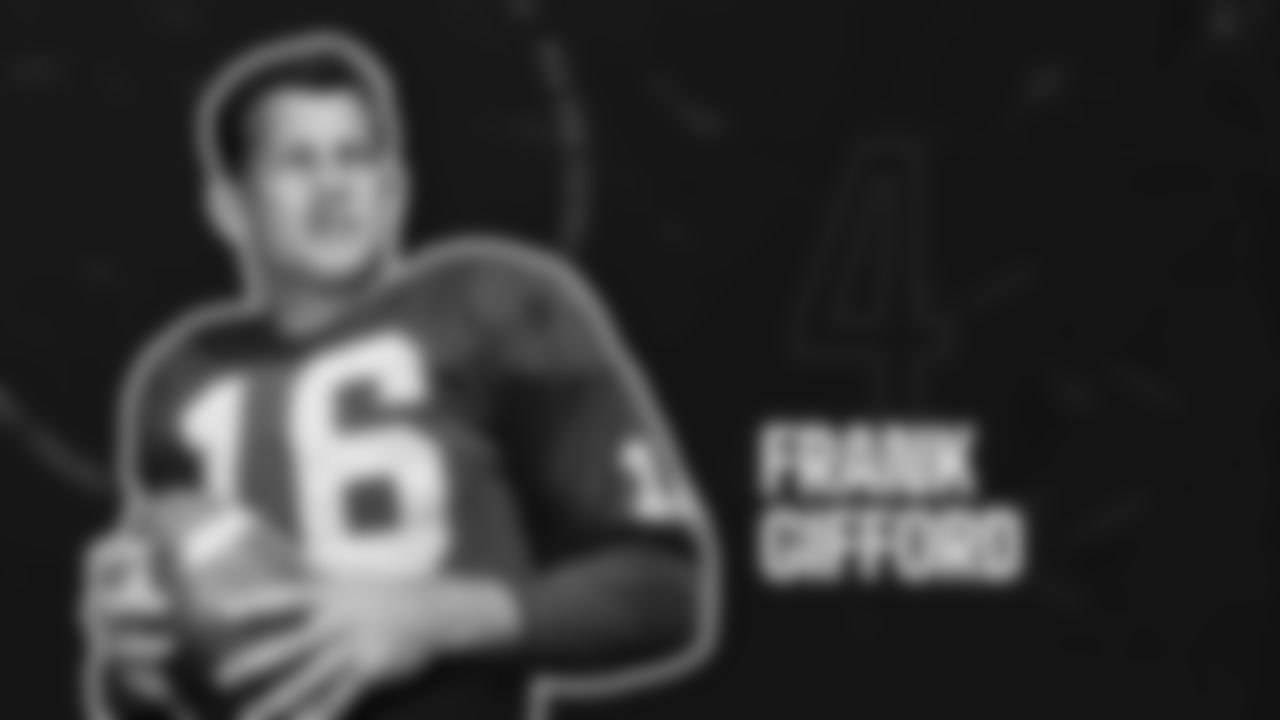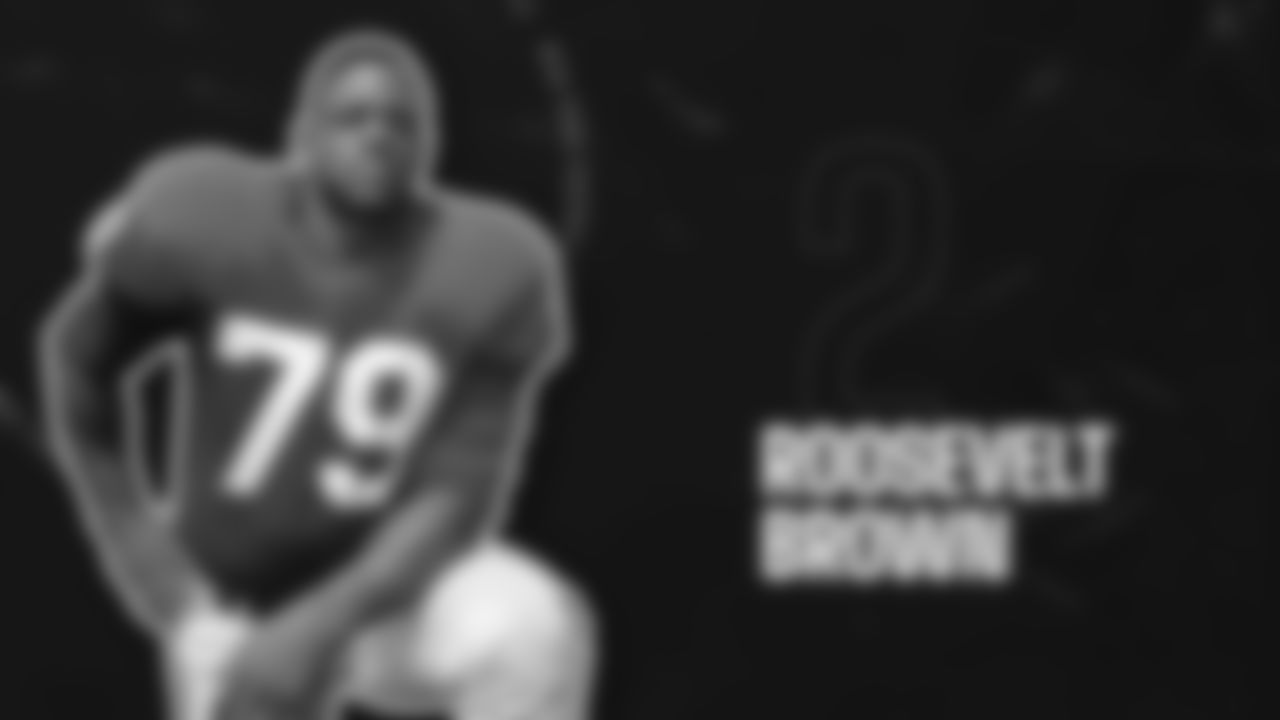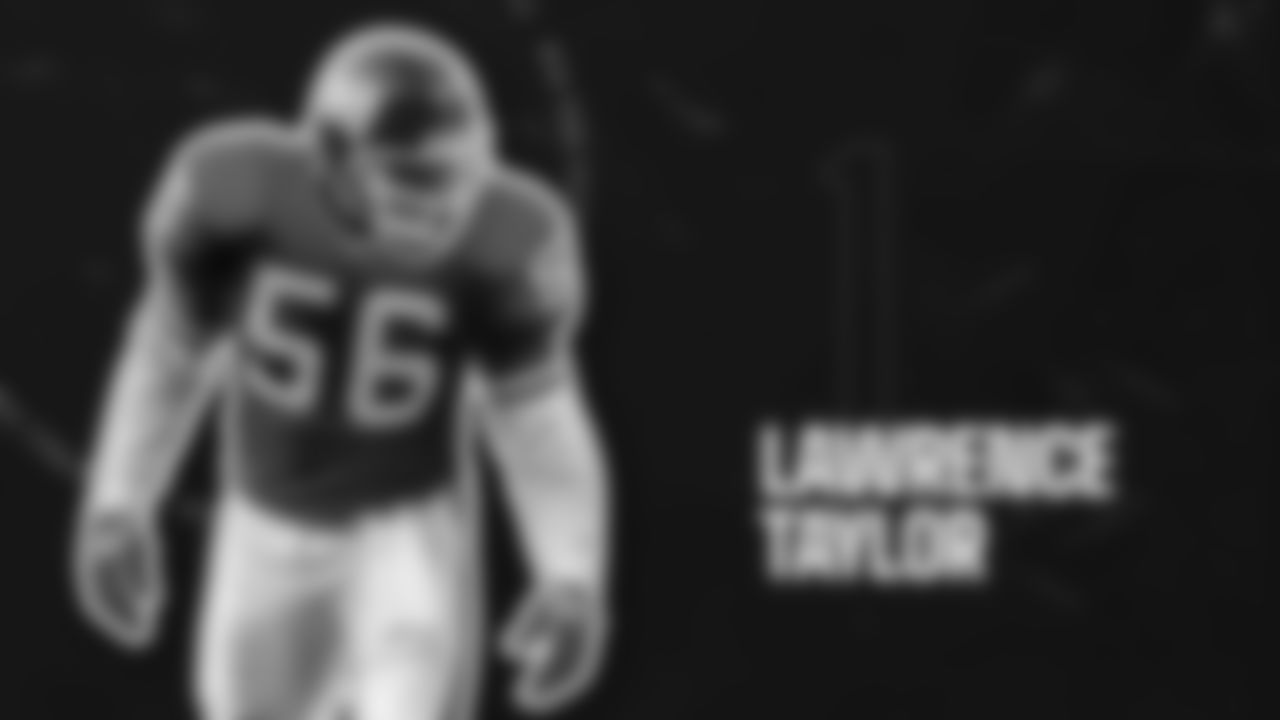Four players who won championships with the Giants were among the 52 players to advance Thursday in the "Seniors" category for the Pro Football Hall of Fame's Class of 2026.
Quarterback Charlie Conerly, linebacker Carl Banks, running back Ottis Anderson and defensive back Everson Walls made the next round after appearing on the initial list of 162 nominees. Conerly (No. 13), Banks (17) and Anderson (No. 51) were all ranked in the Giants’ Top 100 Players last year to celebrate the 100th season.
Walls is known for his days with Dallas, where he remains second in franchise history in interceptions, but won his only Super Bowl with the Giants in 1990. He had 11 interceptions in just 36 games as a Giant (in addition to one in three postseason games).
The Seniors Blue-Ribbon Committee will now begin their work to determine three Senior Finalists. Over the next several weeks, they will trim the list to 25 and then again to nine before meeting virtually to discuss and choose three finalists.
Reduction voting in three other categories for the Hall of Fame – Modern-Era Players, Coach and Contributor – also will be conducted this month. Quarterback Eli Manning, running back Tiki Barber and punter Sean Landeta were recently announced among the 128 Modern-Era nominees.
Manning, a two-time Super Bowl MVP, was a finalist (final 15) for the Class of 2025.
The Pro Football Hall of Fame's Class of 2026, which can be composed of a minimum of four individuals and as many as eight, will be enshrined next August in Canton.
To be considered for the "Seniors" category, players must have last played at least 25 full seasons ago (no more recently than the 2000 season). Qualifications also include five years of service and at least one recognized postseason honor.
The senior players who remain eligible for election with the Class of 2026 are:
QUARTERBACKS (5): Ken Anderson, Charlie Conerly, Roman Gabriel, Jack Kemp, Don Meredith.
RUNNING BACKS (6): Ottis Anderson, Larry Brown, Roger Craig, Chuck Foreman, Cecil Isbell, Paul "Tank" Younger.
WIDE RECEIVERS/TIGHT ENDS (9): Mark Clayton, Isaac Curtis, Lavvie Dilweg, Henry Ellard, Harold Jackson, Billy "White Shoes" Johnson, Stanley Morgan, Art Powell, Otis Taylor.
OFFENSIVE LINEMEN (11): Jay Hilgenberg, Chris Hinton, Joe Jacoby, Mike Kenn, Bob Kuechenberg, Marvin Powell, Dick Schafrath, Jerry Sisemore, Walt Sweeney, Jim Tyrer, Al Wistert.
DEFENSIVE LINEMEN (4): L.C. Greenwood, Ed "Too Tall" Jones, Jim Marshall, Harvey Martin.
LINEBACKERS (8): Carl Banks, Maxie Baughan, Mike Curtis, Larry Grantham, Lee Roy Jordan, Clay Matthews Jr., Matt Millen, Tommy Nobis.
DEFENSIVE BACKS (8): Dick Anderson, Bobby Boyd, Pat Fischer, Lester Hayes, Albert Lewis, Eddie Meador, Lemar Parrish, Everson Walls.
SPECIAL TEAMS (1): Steve Tasker.
View the players, coaches, owners and executives in the Pro Football Hall of Fame who spent all or a significant portion of their career with the Giants.

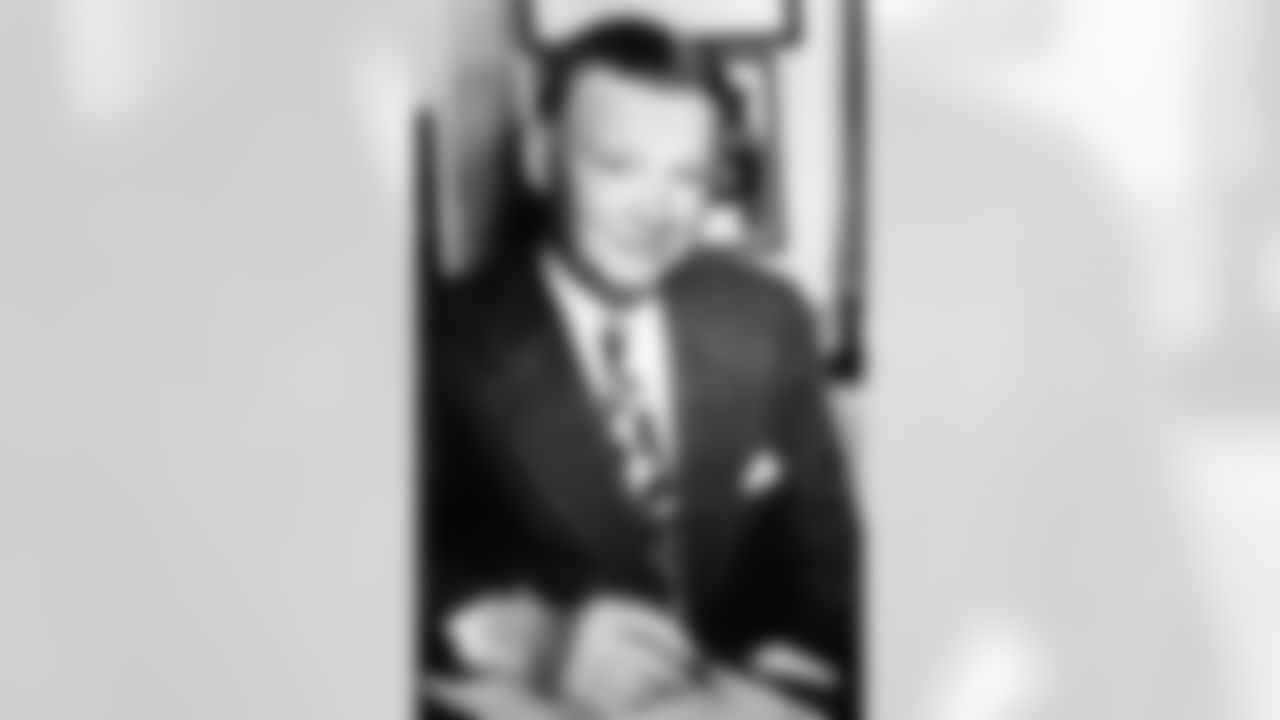
Tim Mara - Class of 1963 (inaugural class)

Mel Hein - Class of 1963 (inaugural class)
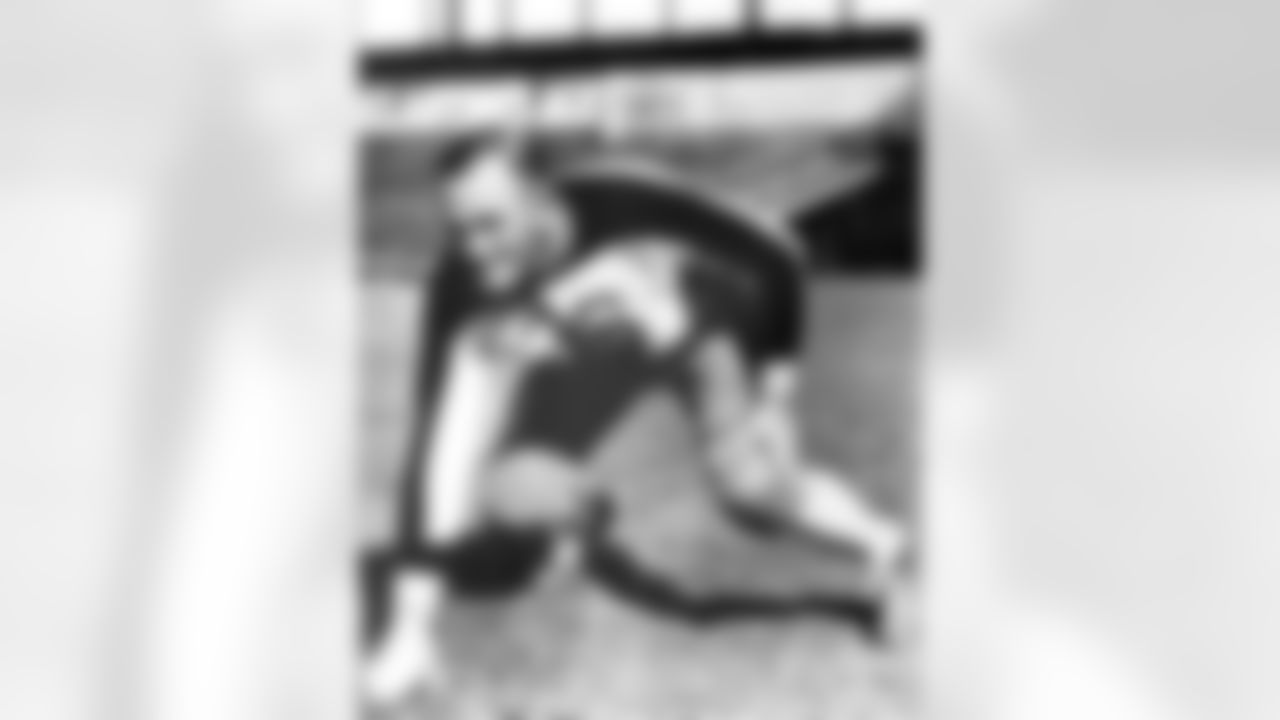
Cal Hubbard - Class of 1963 (inaugural class)

Steve Owen - Class of 1966
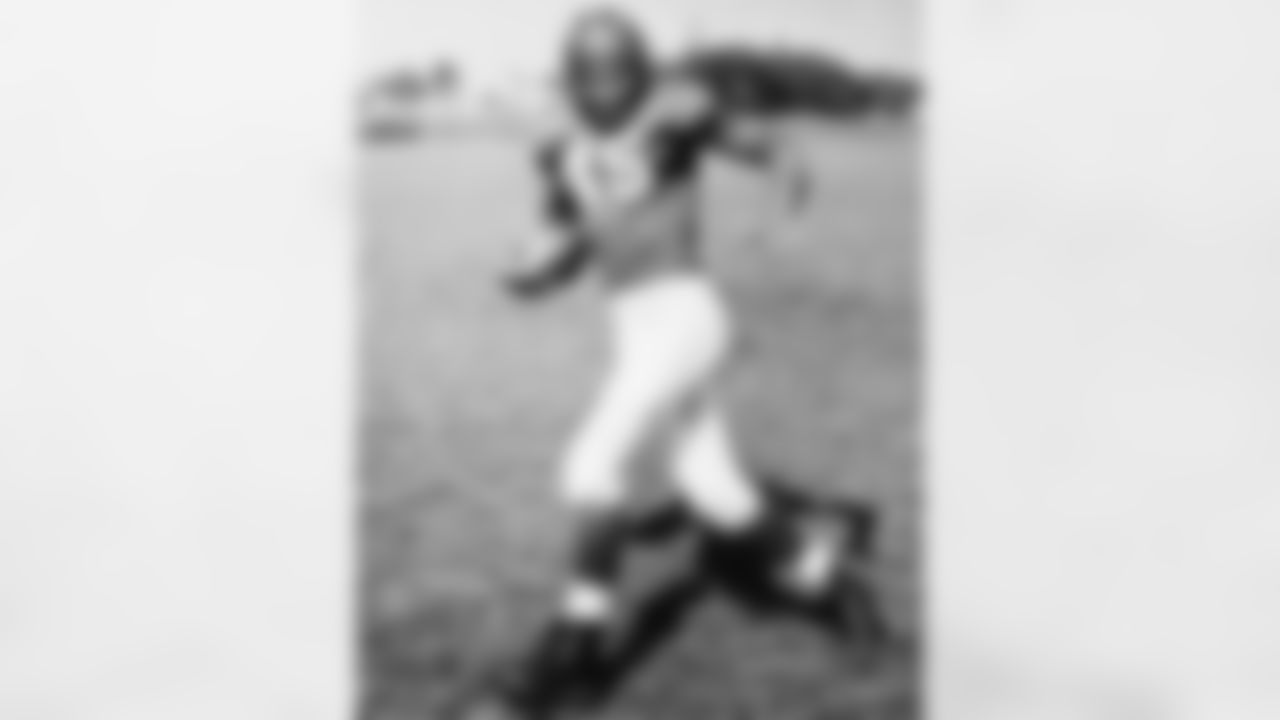
Emlen Tunnell - Class of 1967
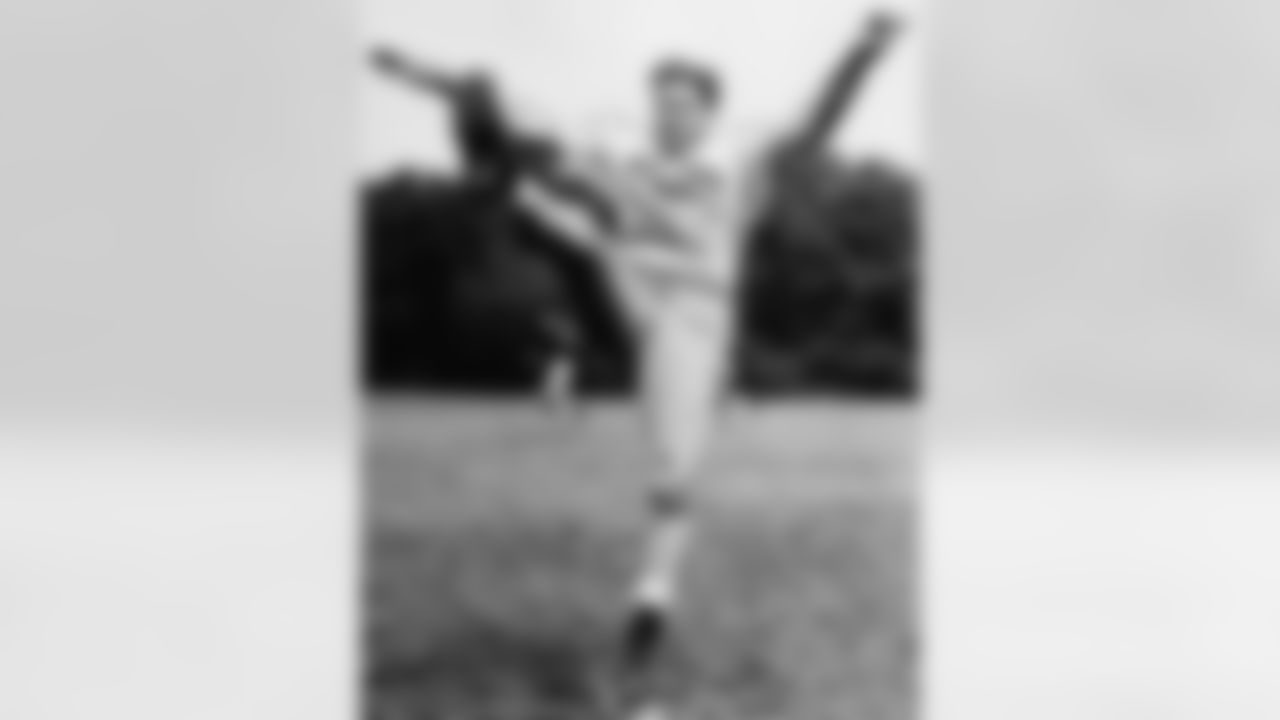
Ken Strong - Class of 1967
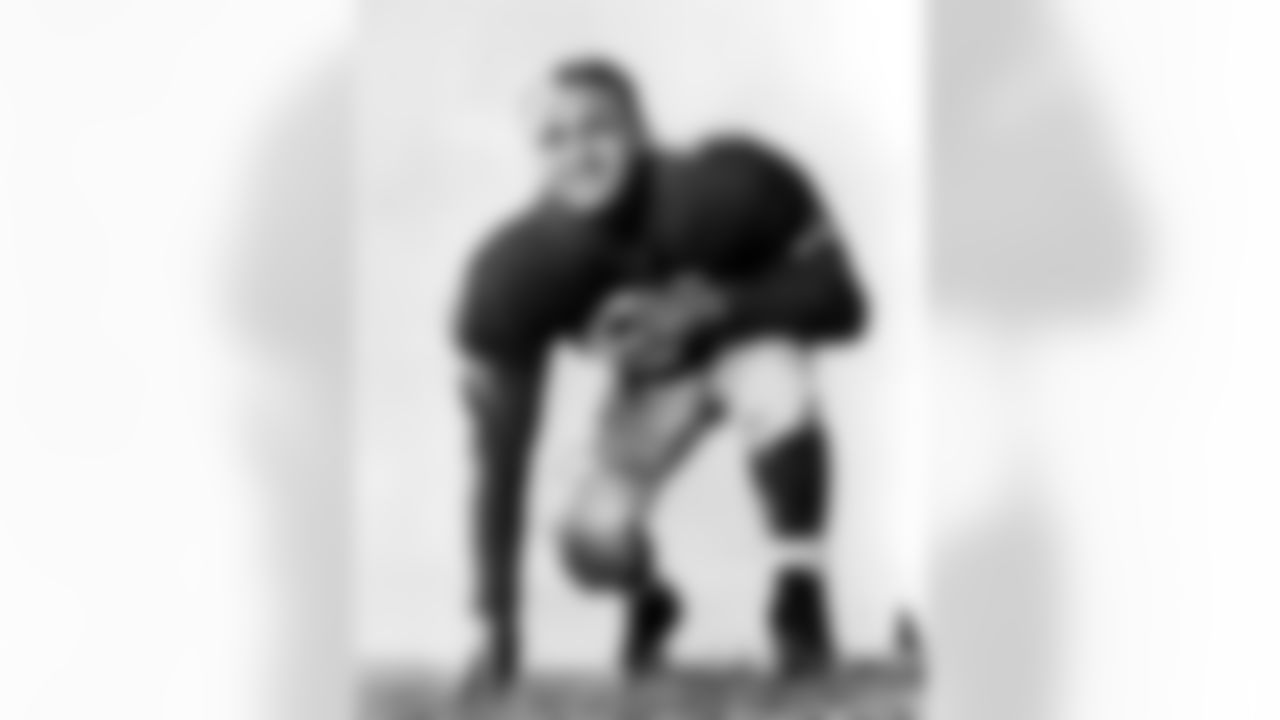
Andy Robustelli - Class of 1971

Y.A. Tittle - Class of 1971
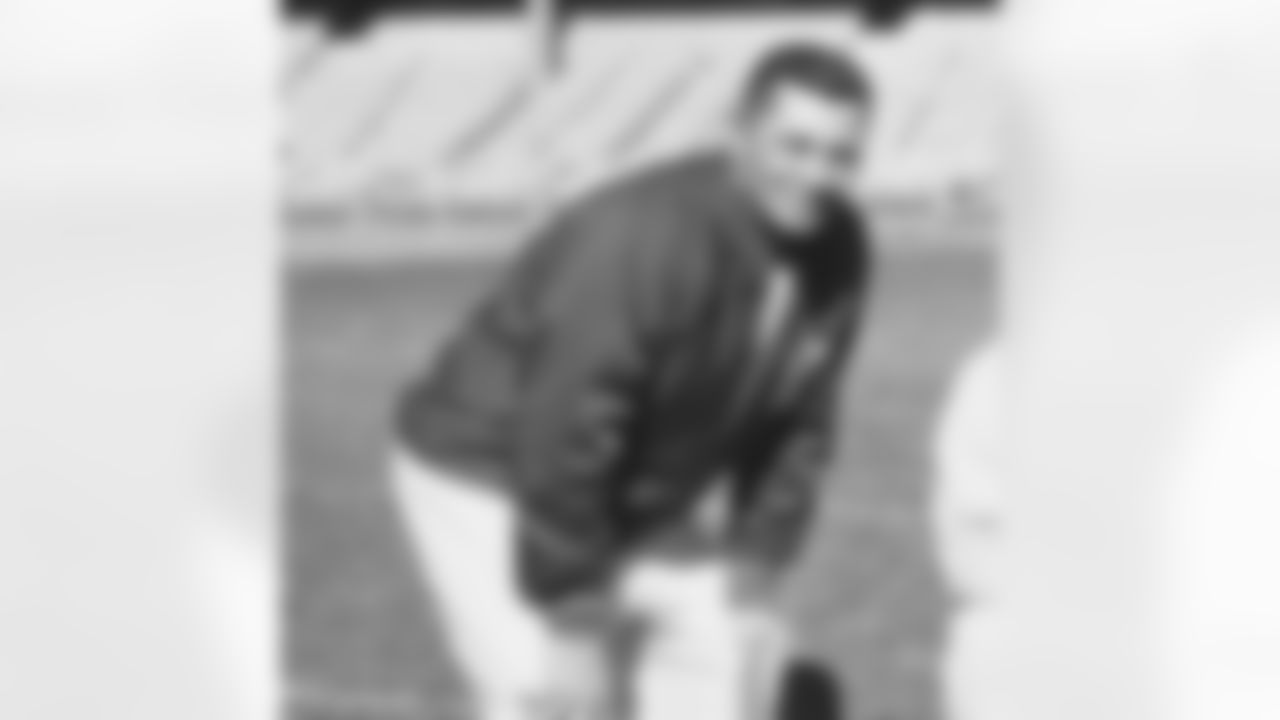
Vince Lombardi - Class of 1971

Roosevelt Brown - Class of 1975

Frank Gifford - Class of 1977
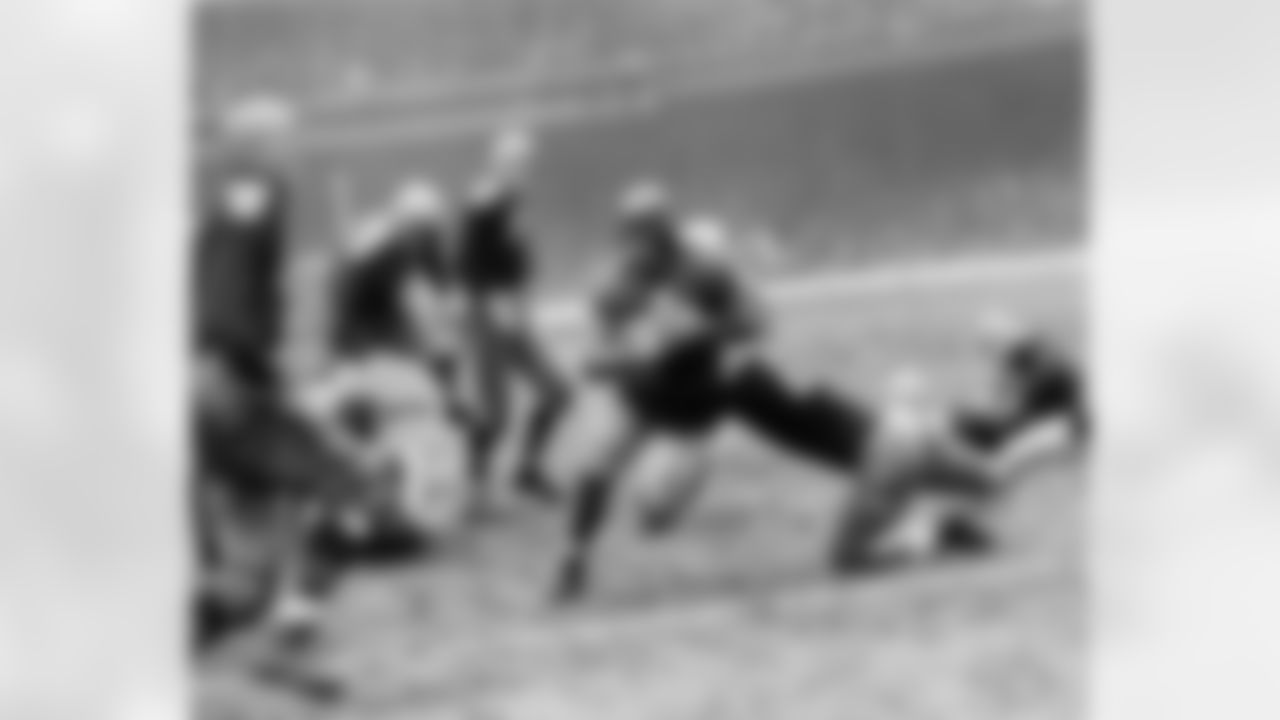
Alphonse "Tuffy" Leemans - Class of 1978
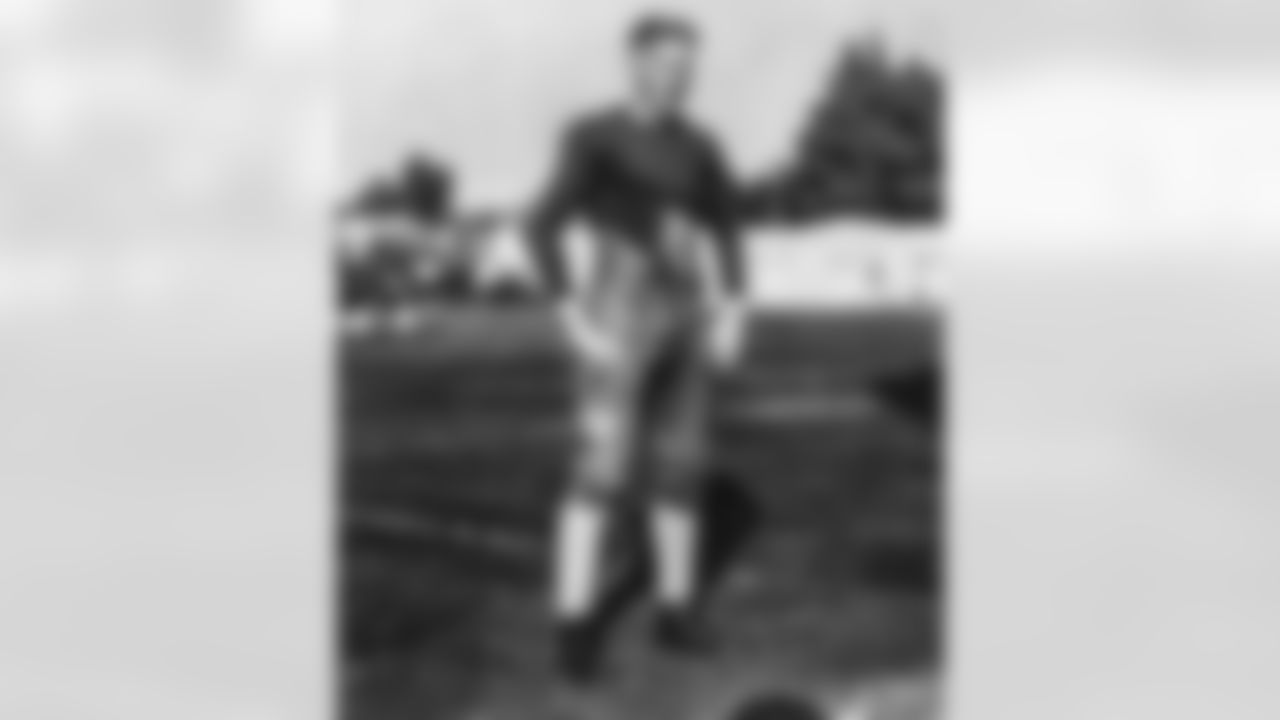
Morris "Red" Badgro - Class of 1981

Sam Huff - Class of 1982

Arnie Weinmeister - Class of 1984
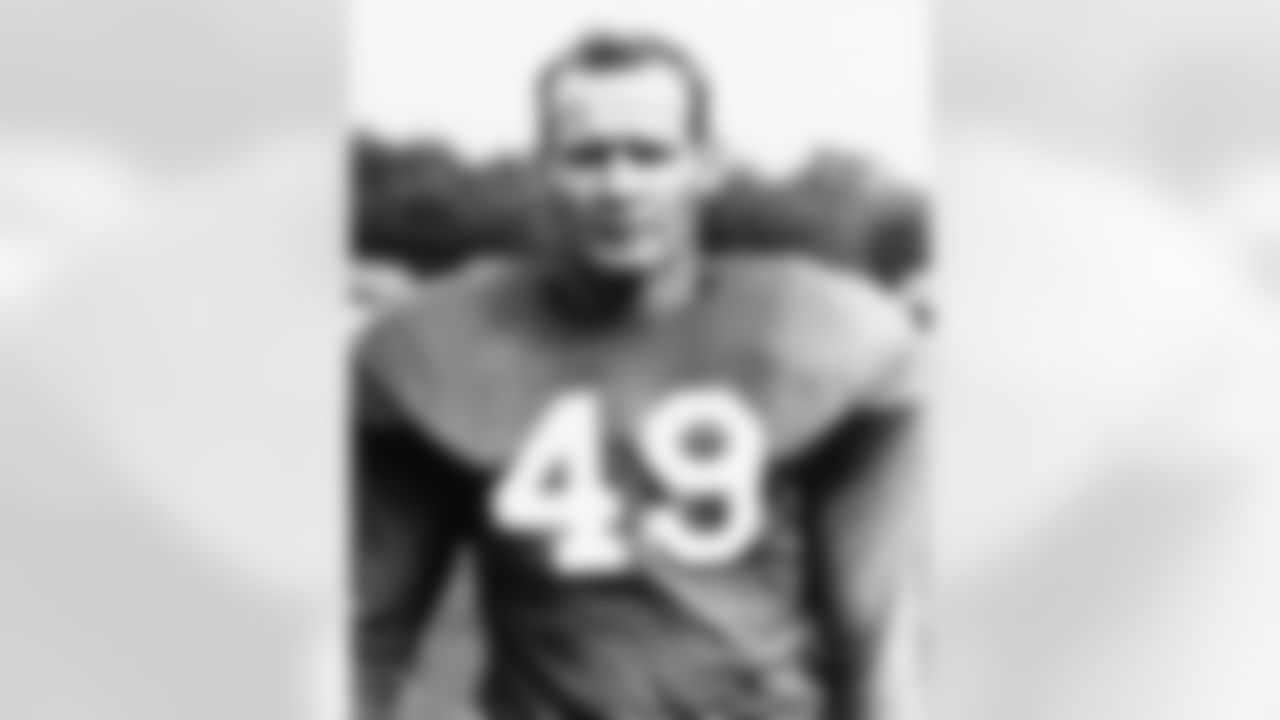
Tom Landry - Class of 1990

Wellington Mara - Class of 1997
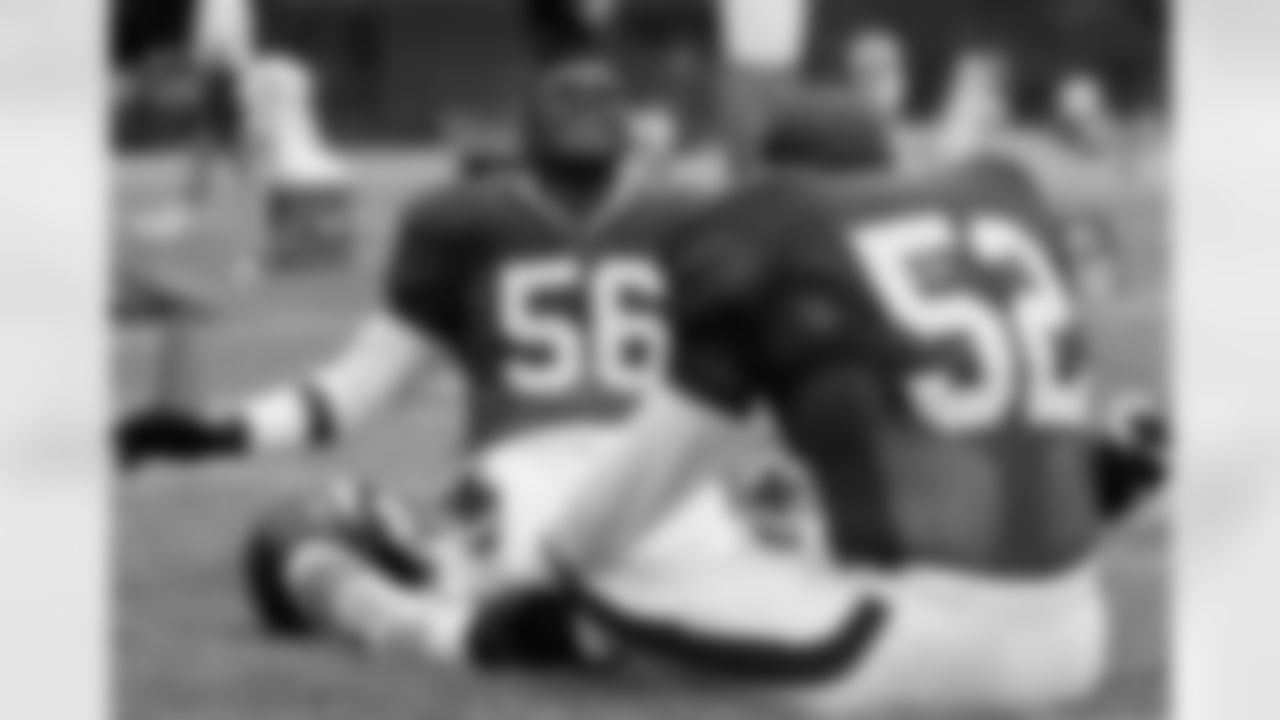
Lawrence Taylor - Class of 1999

Harry Carson - Class of 2006

Bill Parcells - Class of 2013
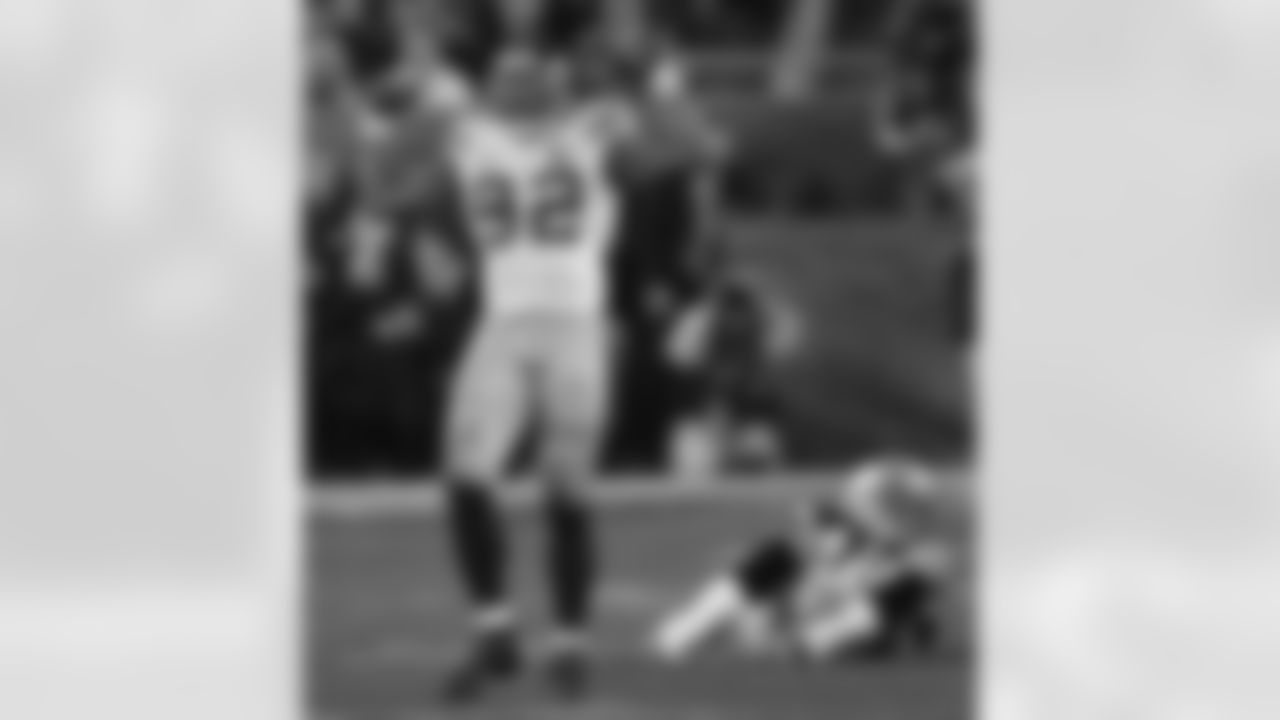
Michael Strahan - Class of 2014

George Young - Class of 2020
Charlie Conerly (1948-1961 with Giants)
Wellington Mara very possibly saw and scouted more players than anyone in NFL history in his 81-year career with the Giants. He was an earnest judge of football talent, and one of the numerous players who strongly impressed him was Charlie Conerly. "Charlie is the best player who is not in the Pro Football Hall of Fame," Wellington often said. "He has better numbers than some quarterbacks who are there."
His long-held opinion is still shared by many today. Conerly is arguably the best in franchise history who is eligible for, but not enshrined in, the Hall of Fame. Conerly played his entire career with the Giants from 1948 to 1961. He was a member of the Giants inaugural Ring of Honor class in 2010. His No. 42 jersey was retired by the Giants in 1962. Conerly was a vital member of the 1956 NFL championship team and led the Giants to the title game in 1958 and 1959. He was the NFL Rookie of the Year in 1948, the league's Most Valuable Player in 1959 (when he received the Jim Thorpe Trophy), and a Pro Bowler in 1950 and 1956. In his debut season in 1948, Conerly set Giants rookie records for pass attempts (299) completions (162), passing yards (2,175), and touchdown passes (22) that stood for 71 years until Daniel Jones broke them in 2019.
Conerly was the quiet leader of the Giants team that popularized pro football in New York in 1956 with an 8–3–1 record and a 47–7 rout of the Chicago Bears in the NFL championship game in Yankee Stadium. Two years later, Conerly's 15-yard fourth-quarter pass to Frank Gifford gave the Giants their final lead, at 17–14, in the 1958 title game against Baltimore, the Greatest Game Ever Played. The Giants lost that game in overtime, 23–17. The following season, Conerly, then 38 years old, completed 58 percent of his passes for 1,706 yards and 14 touchdowns and had the NFL's best passer rating at 102.7. But the Giants again lost the title game in Baltimore, 31–16.
At age 40 in 1961, Conerly was replaced as the starter by Hall of Famer Y. A. Tittle, who was acquired in a trade with San Francisco. During his 14 seasons in an era when the forward pass was not nearly as prevalent as it is now, Conerly established Giants records for career passes (2,833), completions (1,418), passing yardage (19,488), and touchdown passes (173), figures that have since been exceeded by Phil Simms and Eli Manning, who, like Conerly, is a former star at the University of Mississippi.
From 1956 to 1961, Conerly played in five postseason games, including four championship games and the 1958 division playoff. He started the first four of those games and was a reserve in the 1961 championship game. In those five contests, Conerly completed 45 of 80 passes for 737 yards, four touchdowns, and two interceptions. Charlie Conerly was inducted into the College Football Hall of Fame and the Mississippi Sports Hall of Fame in 1966 and the Ole Miss Athletic Hall of Fame in 1983.
Carl Banks (1984-1992)
The Giants selected Carl Banks, a consensus All-American linebacker at Michigan State, with the third overall pick of the 1984 NFL Draft.
Instead of being intimidated by the big city, though, Banks embraced it. "I get a call, it's Bill Parcells from the New York Giants," Banks said. "And he said, 'I just drafted you, and I didn't draft you to sit you on the bench – and congratulations.' I was like, wow. I show up to camp, and the first two guys I see are Lawrence Taylor and Harry Carson, sitting right outside of the training room. I introduce myself. I'm so excited to meet these guys, and I say, 'Hi, Mr. Carson. Hi, Mr. Taylor.' And they both just kind of stare at me. And Harry, as only Harry could, he looks at me and says, So, homeboy, what the hell are you going to do to get on the field?'"
As it turned out, he did a lot. The Giants of his era were built on accountability, and nothing could stop Banks. He went on to become one of the premier run-stoppers of his era, a standout on the teams that won Super Bowls XXI and XXV, a Pro Bowler in 1987, and a member of the NFL 1980s All-Decade Team and the Giants Ring of Honor. Banks played in 126 regular-season games and had 36.0 sacks, three interceptions, and approximately 500 tackles. He is still closely affiliated with the Giants; since 2007, Banks has been an analyst on the Giants' broadcast team.
Ottis Anderson (1986-1992)
Ottis Anderson joined the Giants in a trade with the St. Louis Cardinals on October 8, 1986. He played on the Giants' Super Bowl XXI and XXV championship teams and was voted the MVP of Super Bowl XXV after rushing for 102 yards and a touchdown in the 20–19 victory over the Buffalo Bills.
Anderson was one of only four running backs in NFL history to score rushing touchdowns in two Super Bowls and win Super Bowl MVP. (Franco Harris and John Riggins accomplished that before Anderson, and Emmitt Smith did afterward.) In 83 regular-season games with the Giants, Anderson had 704 rushing attempts for 2,274 yards and 35 touchdowns (the sixth-highest total in franchise history). He added 77 receptions for 567 yards. After rushing for a total of 214 yards in his first two Giants seasons, Anderson became the team's primary back in 1989. He was named the NFL Comeback Player of the Year after scoring a career-high 14 touchdowns while running for 1,023 yards on 325 carries.
The lasting image of Anderson was a 24- yard run in Super Bowl XXV; he began winding up his arm at the Buffalo 42, planted his forearm into safety Mark Kelso's chest at the 37, and didn't stop until he was chased down by Cornelius Bennett at the 29. "Anderson had an outstanding game, and he personified our Giants team the way he ran," Mark Bavaro said. "He was indestructible – never stopped. Just kept going."
View photos of the New York Giants' Top 100 Players in franchise history, ranked by an independent committee, in celebration of the Giants' 100th season.




















